Dieser Artikel ist auch auf Deutsch verfügbar. Click here to find out more about South Korea!
When I fell out of the bus in Gyeongju at 10 AM after about 130 kilometers on the road, it had already been raining for more than 24 hours. Which wouldn’t have been too surprising back in Germany, but In South Korea most of the rain is supposed to pour down in summer so fall and winter stay dry. Well, you could already guess from the photos from Andong, my previous stop, that the weather hadn’t always been the best.
I pulled my belongs behind me through the puddles and checked in at my accommodation, the OP 102 Guesthouse. Coffee shop in the front, small rooms in the back and on the first floor. The WiFi was really bad and slow (much slower than it should be for 31 euros a night!), but the place had two advantages: Very nice owners and bike rental for five Euros a day. Yes, that’s right: Per day, not per hour. A bike is the best way to explore Gyeongju, everything is flat and the sights are close to each other.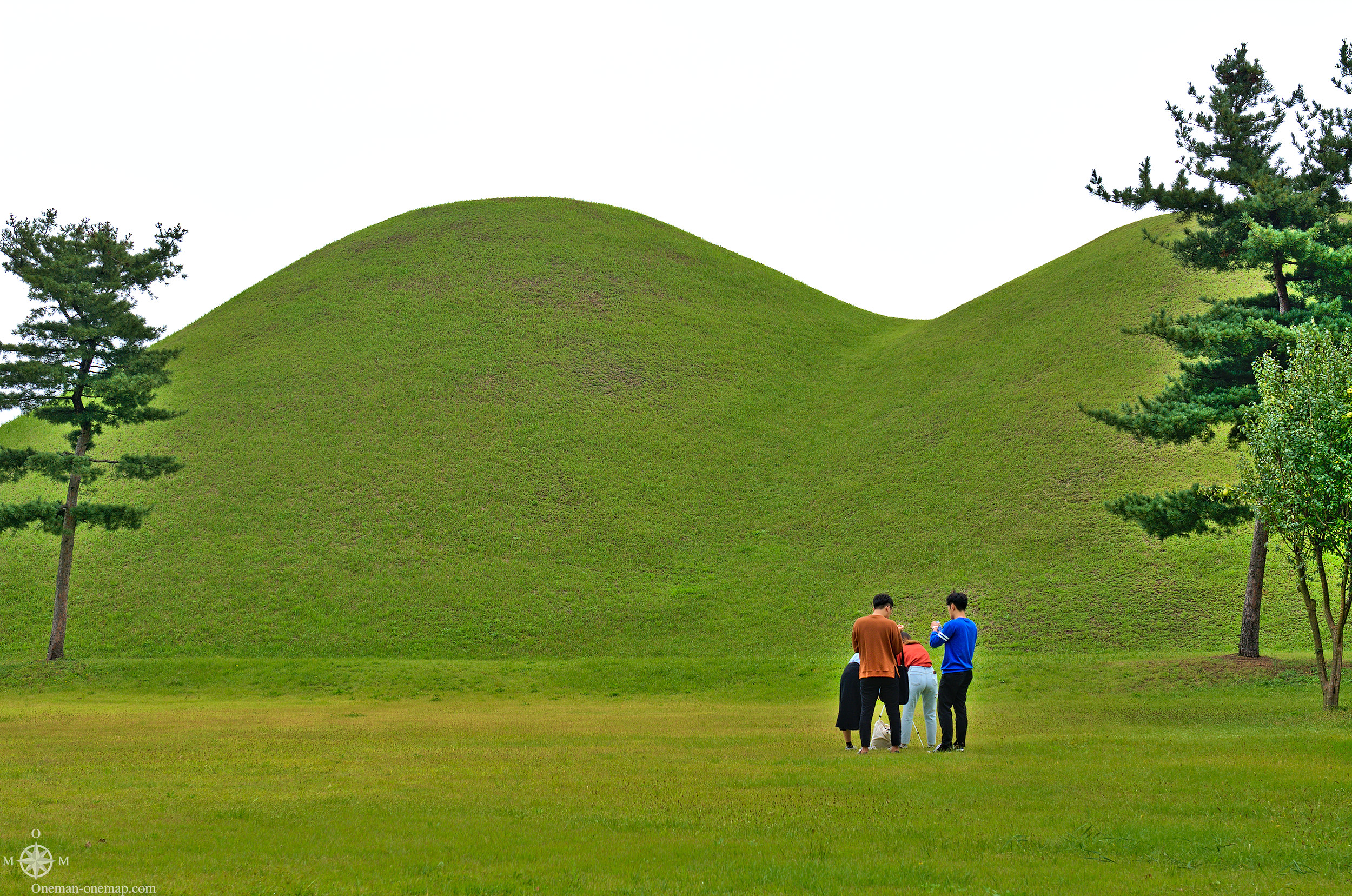
Gyeongju was the capital of the Silla Kingdom and Unified Silla between the 1st and 9th century and therefore the capital of the whole Korean Peninsula for a while. Later the capitals were moved more towards the center of the peninsula, like Seoul.
Typical for the city are the many tombs of ancient rulers, which come in the form of grave hills up to 25 meters in height. The more important the deceased person was, the higher the hill. Only after the year 1920 some of the tombs were opened and found to contain large quantities of gold. If you are planning to climb one of the hills, think twice: The fine is up to 15.000 Euros!
Today Gyeongju isn’t much larger than Andong, but due to its historical significance it is an important destination for domestic tourism. For a couple of ten thousand Won bills (up to about 50 Euros) you can borrow historical costumes and stroll through the many parks, gardens and temple courtyards like a king or a queen for a day.
The general population tried to make the best out of the bad weather in the meantime and took to the parks with their kites. Well, to be fair I have to say that this ended up being a pastime more for the older semesters, …
… while the young ones preferred to look at their smart phones and ignore the “analogous” toys.
South Koreans are photo crazy. Everything has to be put in scene and captured, regardless if it’s people expressing their love for each other in the most obvious ways …
… or a “unique” Instagram portrait shot in front of a “secluded” purple field.
Bringing the day to a close in Wolji
A wonderful pond at the southeast end of the old town, formerly part of a whole palace. The name has changed over time, from “pond with buildings which are looking over the water” (Imhaejeonji) to “duck and goose pond” (Anapji) and finally “pond which reflects the moon” (Wolji, 안압지). The entrance fee was just 2,000 Won (about 1.50 Euros) and the buildings and trees were illuminated at night. Depending on the time of year you should be prepared for loads of people, though.
After this exhausting day I had to restore my strength. Like so many times before the information on the Internet wasn’t up-to-date anymore, and the restaurant I actually wanted to go to didn’t exist anymore, but the premises housed a different restaurant with a similar menu. In contrast to Seoul the food was very good and worth the money. The thing in the front covered with a lot of ketchup is Omurice, an omelet filled with rice. The recipe comes from Japan, but the South Koreans take stuff from the Japanese all the time. The black-coated roll on the right is Gimbap (김밥), and if you think it looks a lot like Sushi, you’re totally right.
To Namsan Mountain by bike
The next day I hopped on my bike again and pedaled to Namsan Mountain, a popular recreational area with many hiking paths and temples and statues hidden in the woods. There was a lot to see on the six kilometers, like this recreated bridge (I could only find 경주 월정교 as its name on the Internet), or the traditional houses in the middle of the fields.
About the bike lanes: Good idea, bad implementation. In a “car country” like South Korea you can’t have big expectations. The government allegedly wants to change this and is planning to build a network of cross-country bike paths.
Who doesn’t want to have a couple of statues in the front yard, right?!
There are more than 40 hiking paths in the Namsan area. The most popular one is probably the section trough the valley at Samneung (삼릉): There’s a huge parking space, the route is not too steep, and there’s a lot to see. You have to bring more stamina for the other routes, most peaks are just 400 meters above the starting point, but the paths can be steep and even a bit dangerous.
I wonder if the squirrels care about all that religious stuff on the ground? Probably not…
Bulguksa (불국사)
This Buddhist temple is located about 15 kilometers southeast of the city. At this point on my trip I had been able to read enough Hangul to find the bus to Bulguksa on my own, but in contrast to the Situation in Andong it’s hard to miss it anyways – multiple lines make the trip in quite short intervals, and the people working at the accommodations know the important stops and lines anyways. And there was even some sun for a change!
There was a short, steep ascent between the bus stop and the entrance to the temple. There were lots of booths, and should the half-hour trip have made people hungry again, there would have been interesting stuff to eat. Like corn in unfamiliar colors, …
… or how about cooked silkworm? I had already tried them in Vietnam, sadly they didn’t have any taste.
The temple was really impressive, especially for South Korean standards. Up until 1392 Korean Buddhism had been the state religion, but it was strongly suppressed during the following Joseon Dynasty. A huge number of monasteries and temples was closed, monks and nuns were no longer allowed to enter the cities, and Buddhist funerals were outlawed.
After Buddhist monks had played an important role during the defense of Korea against the Japanese between 1592 and 1598, the situation improved, but it never recovered. One probably has to be happy that Bulguksa even still exists in all its glory.
it always feels to me the asking the gods for good luck for the job, school, the family etc. is one of the most important things in Buddhism. Every school and country has different customs. Sometimes pieces of paper are attached to wires or threads, sometimes they are glued/attached to statues, and in this case they hang from lanterns. Obviously it’s a popular pastime for tourists as well, Buddhist or not 🙂
In Buddhism the Swastika is a symbol of strength, endurance, reliability, luck, the heart of Buddha or his footprints. In Burma, Cambodia, Laos, Sri Lanka and Thailand food packaging can have a Swastika mark to emphasize its strongly vegetarian content.
Next article: By train to Busan, my last stop in South Korea on this trip around the world 🙂
This post was written by Simon for One Man, One Map. The original can be found here. All rights reserved.

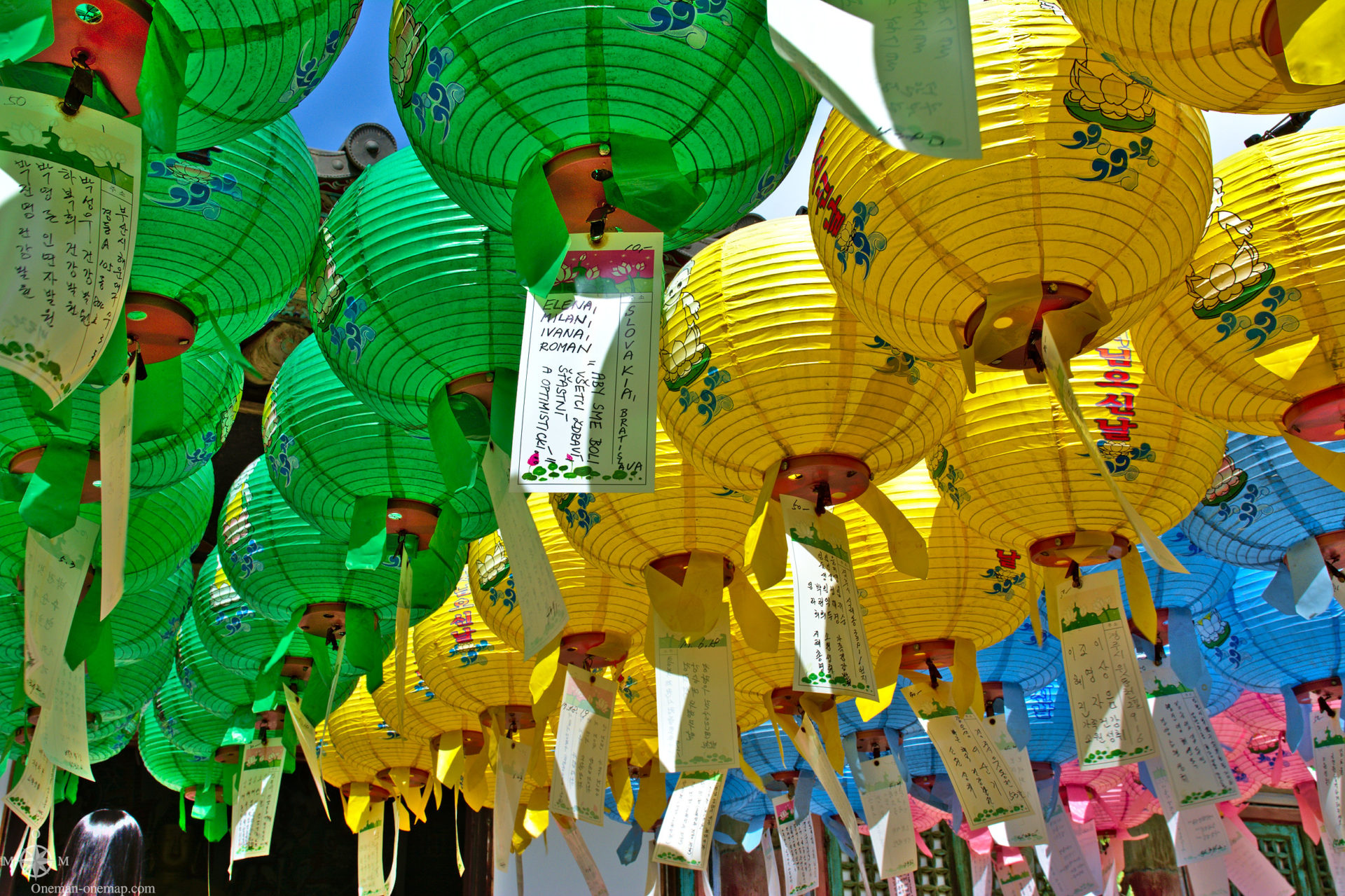
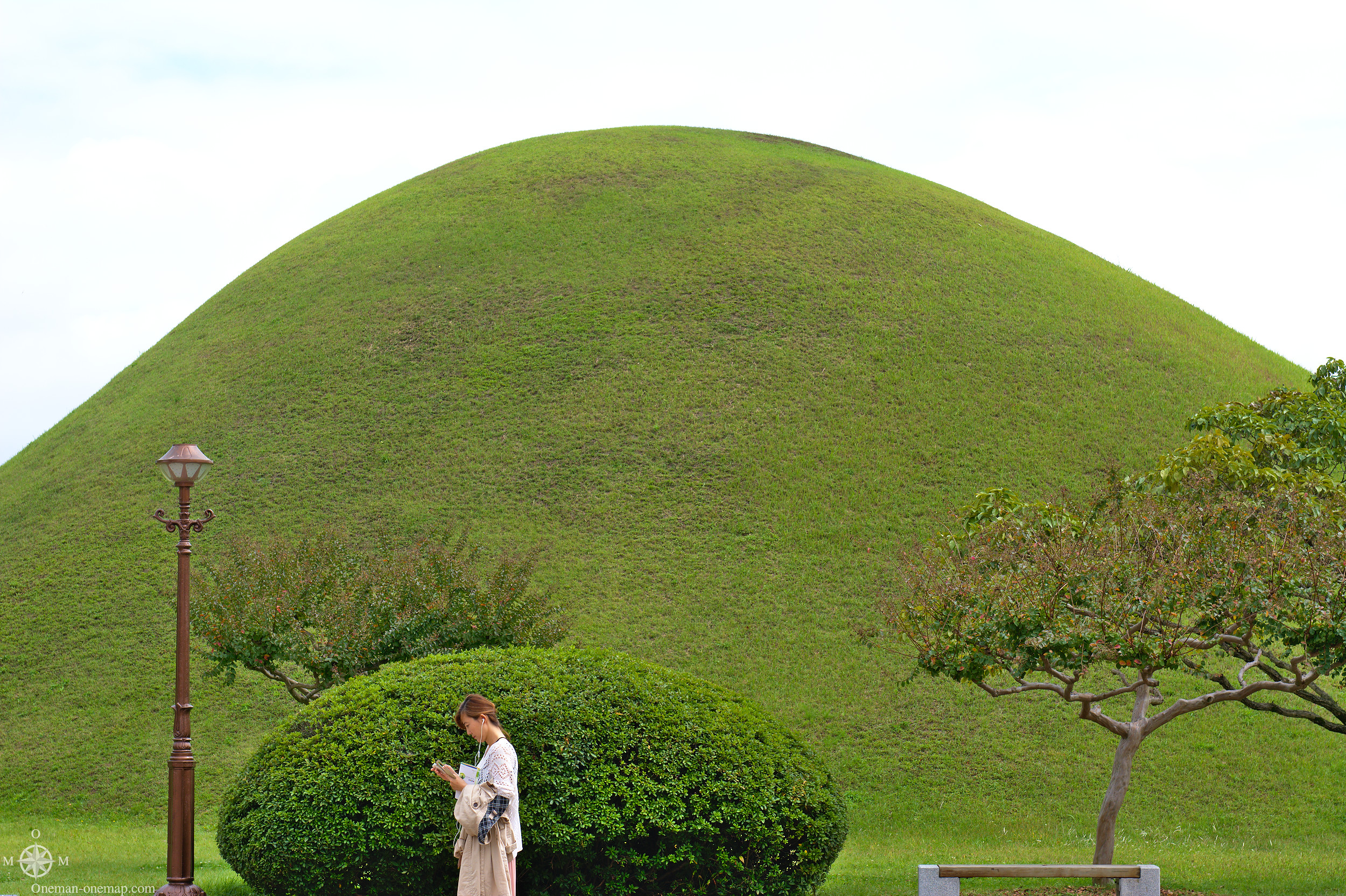
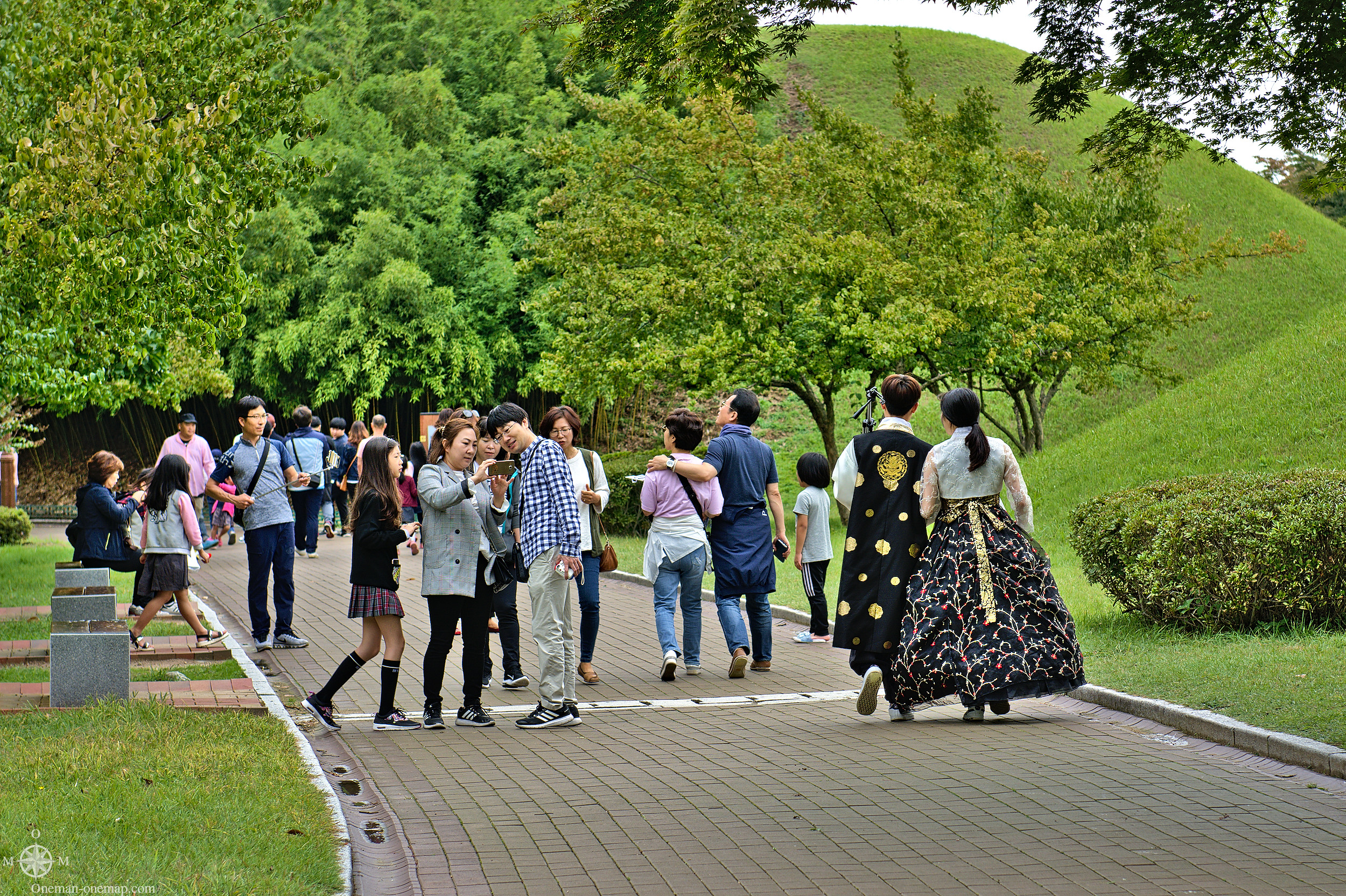
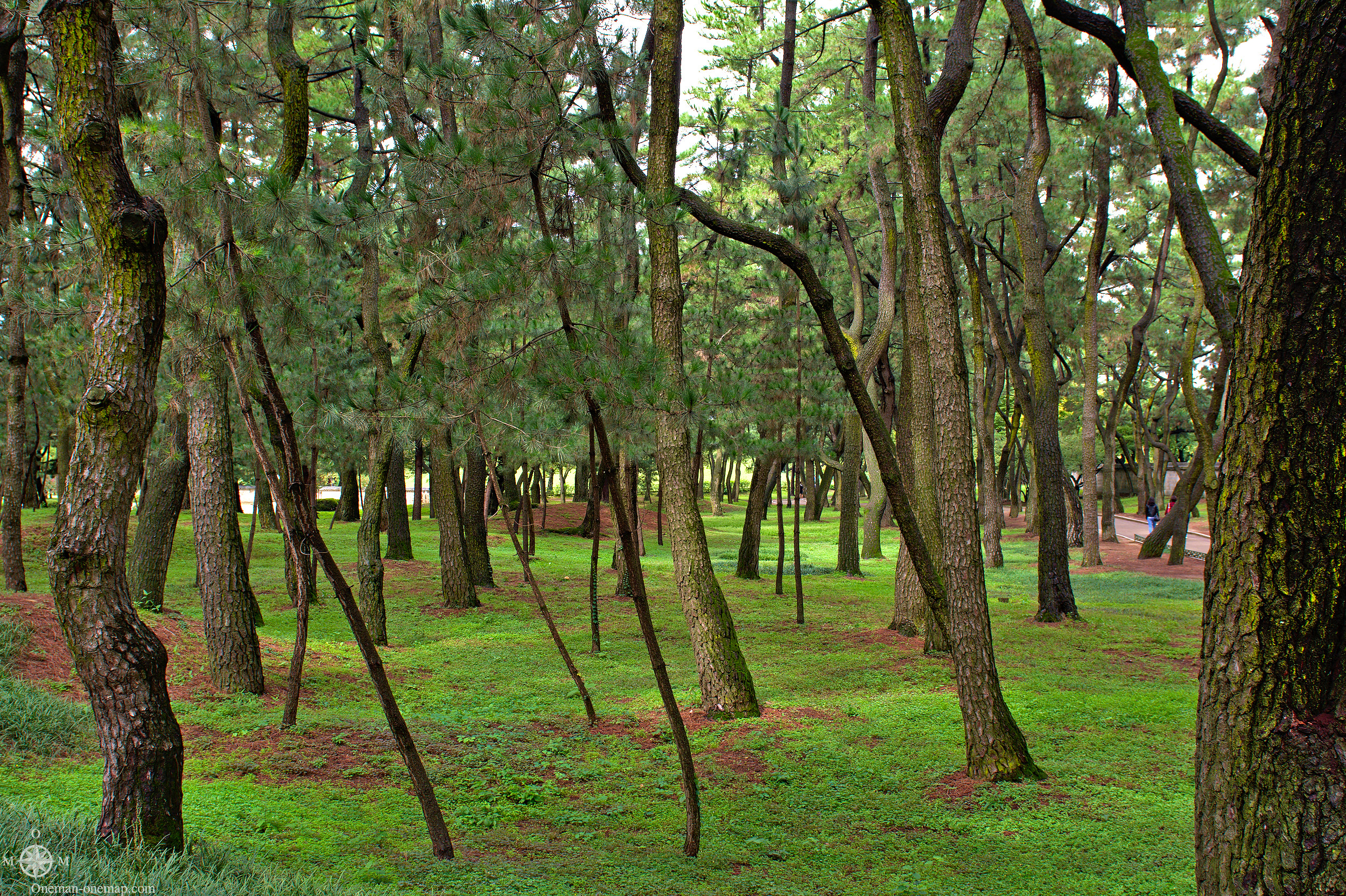
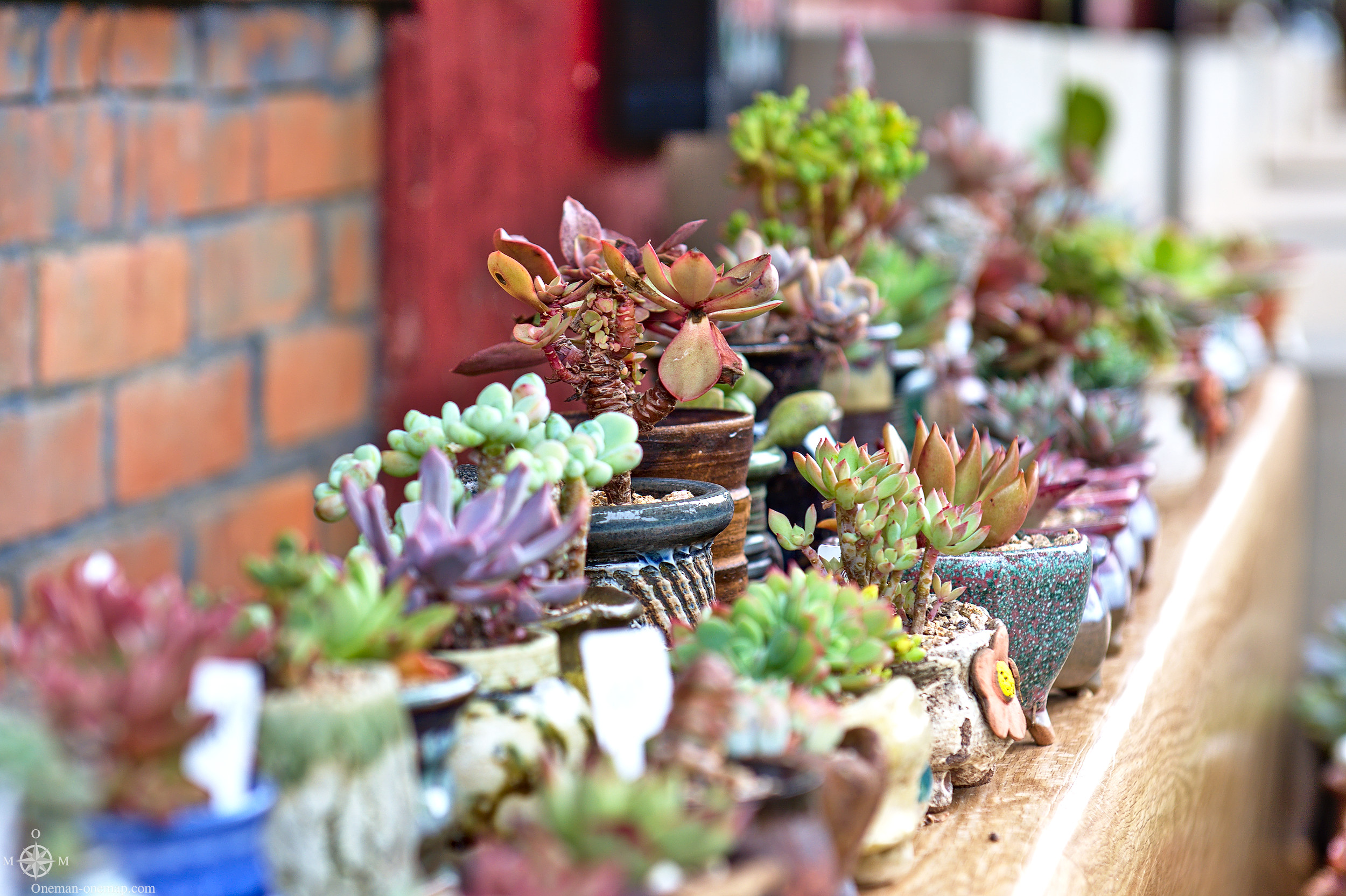
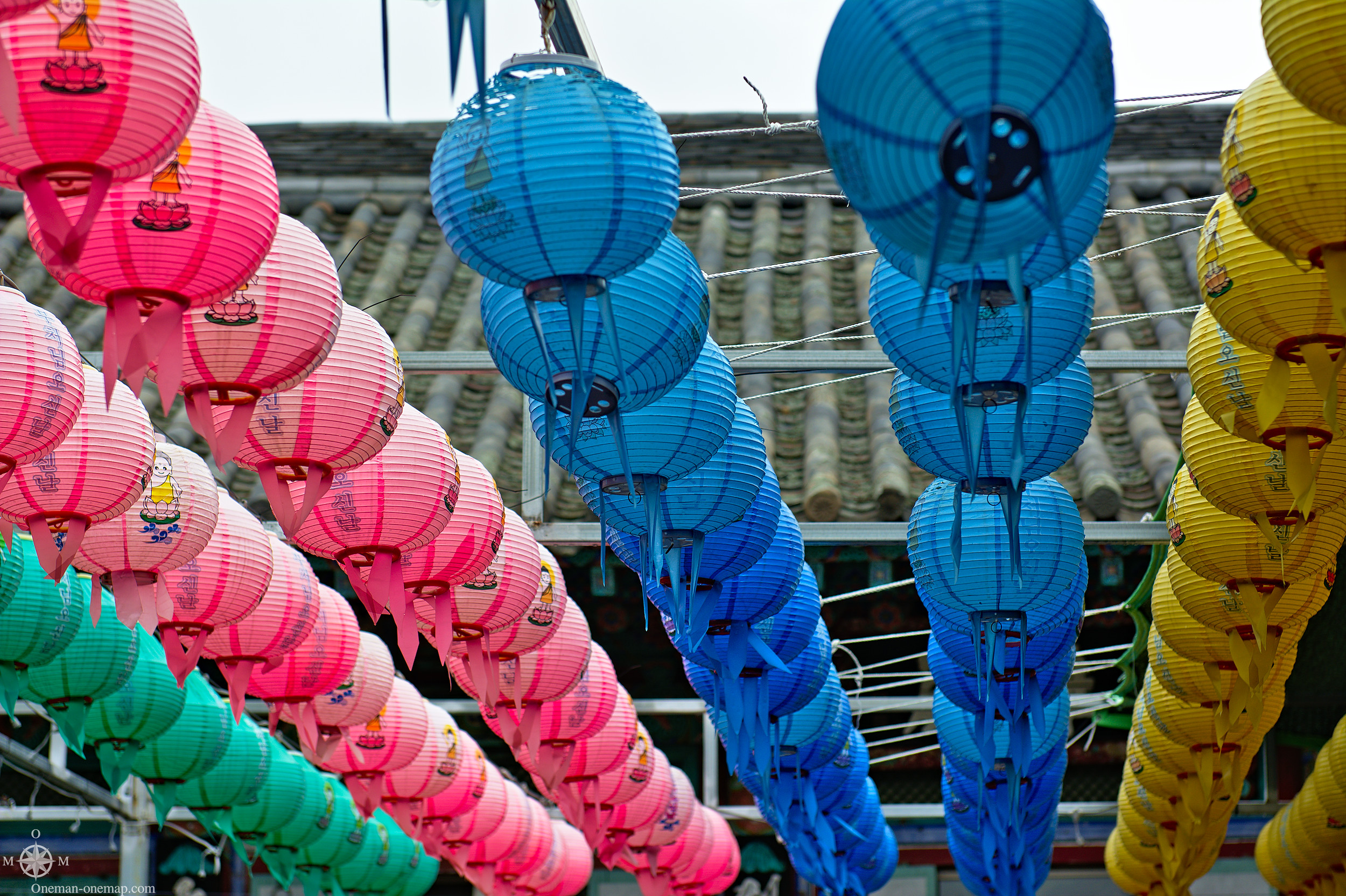
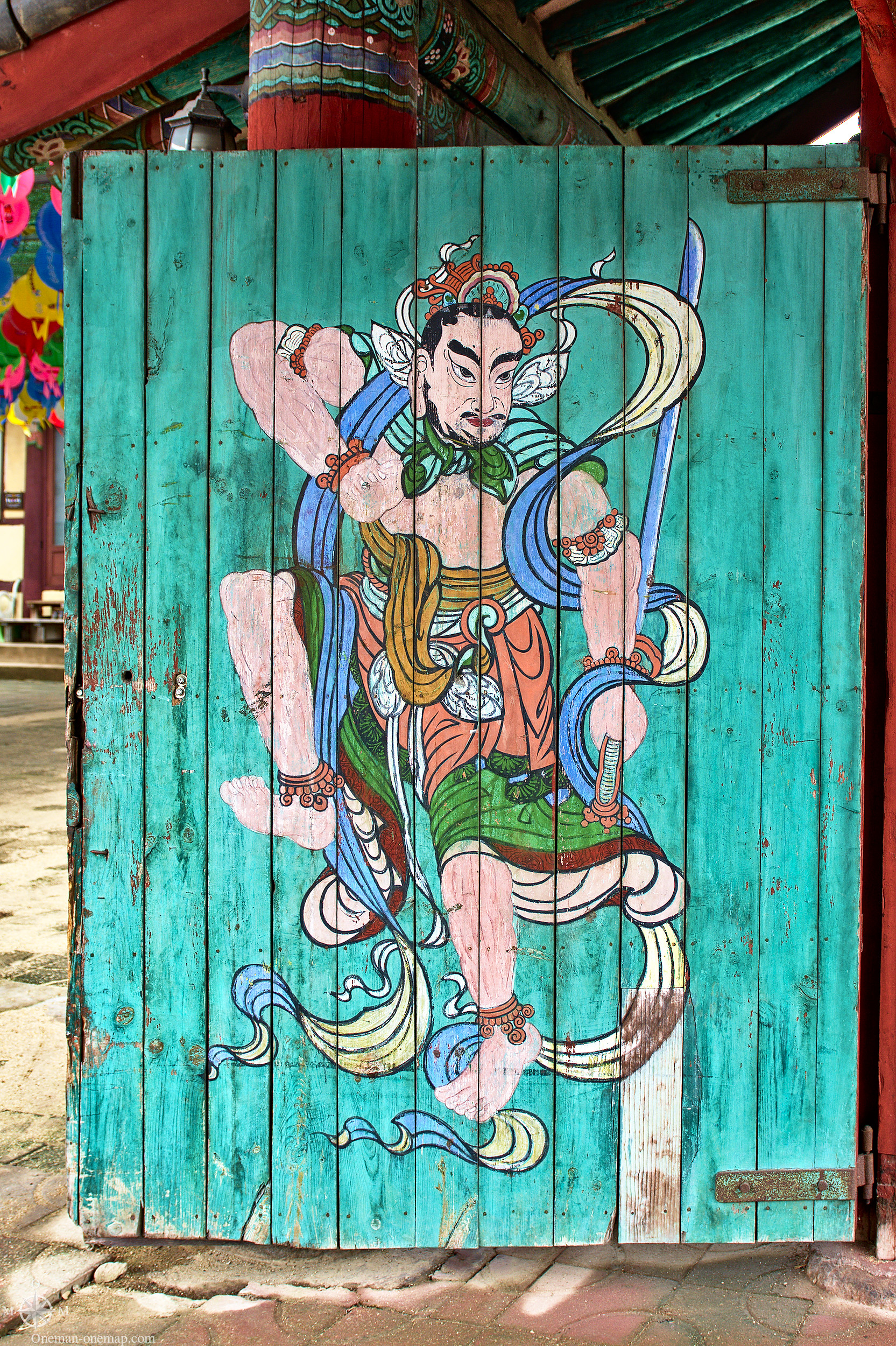
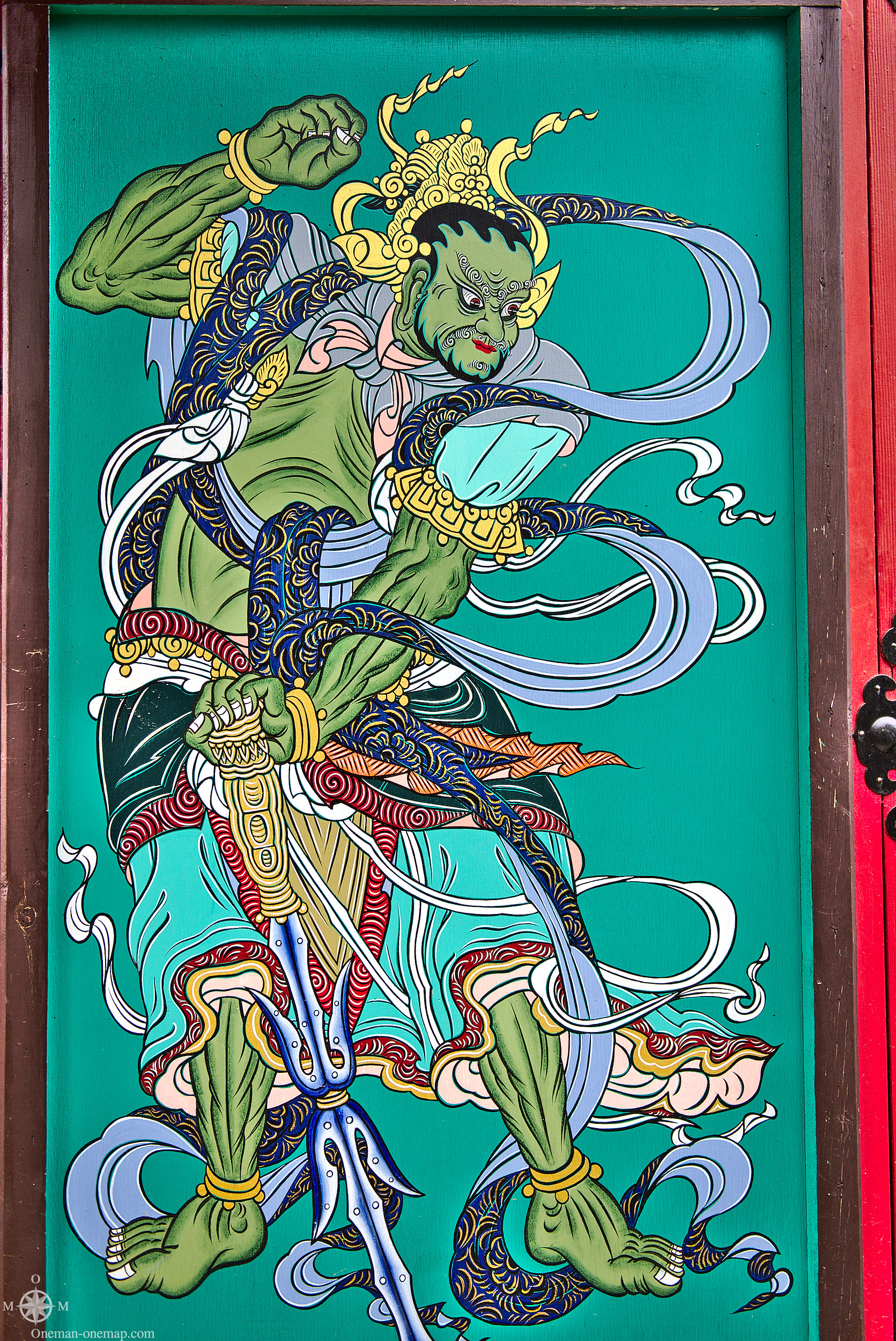
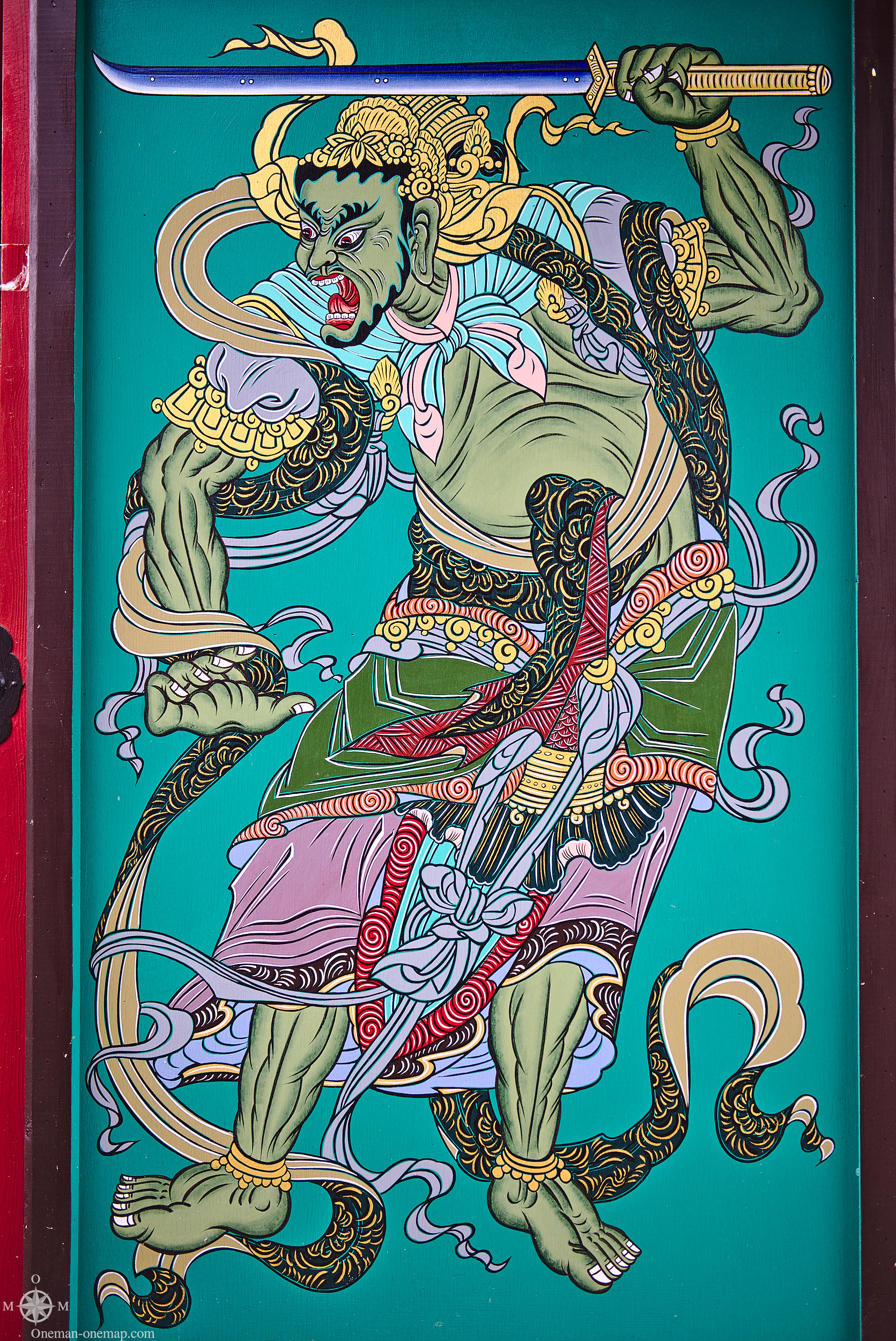
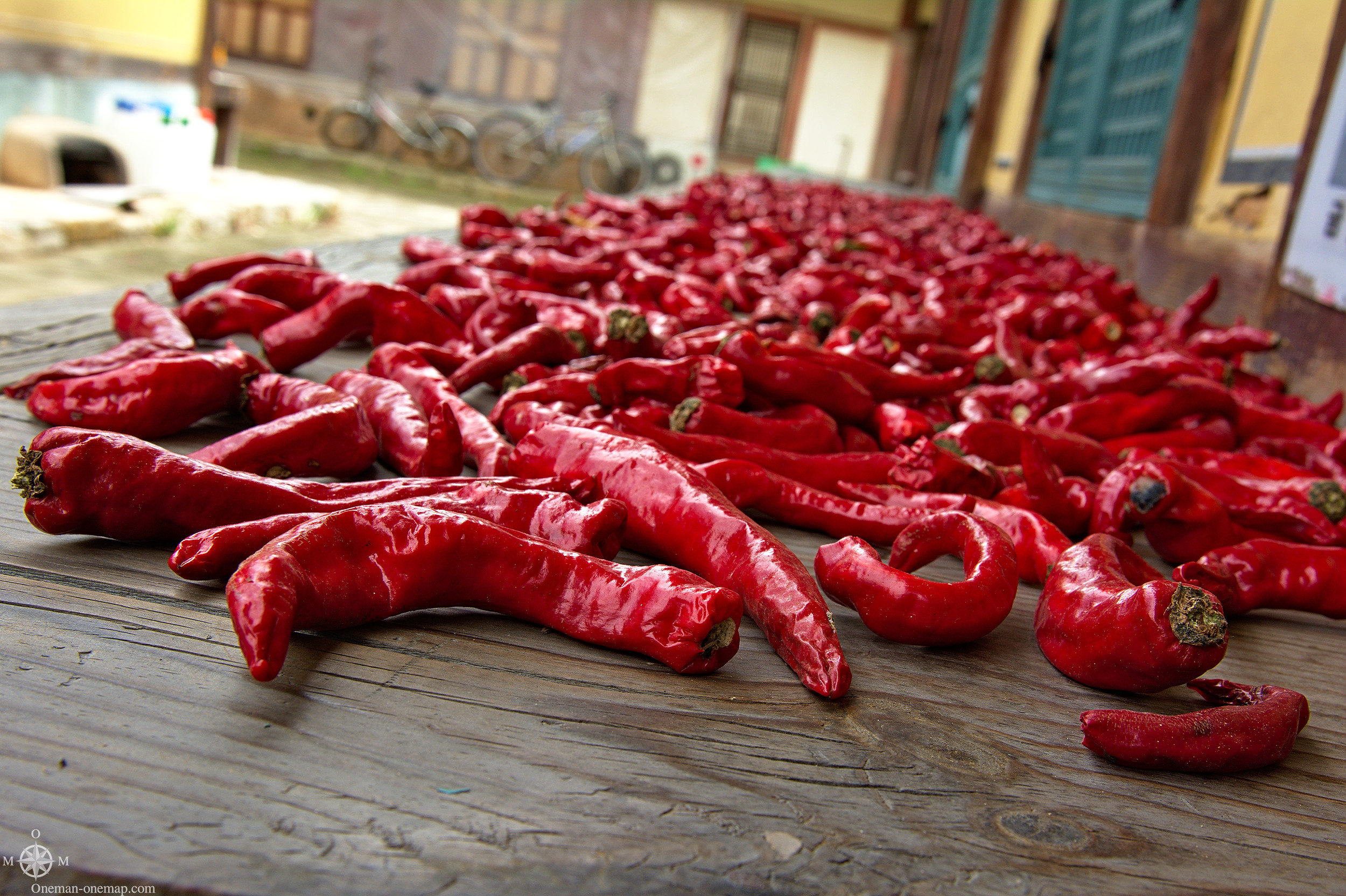
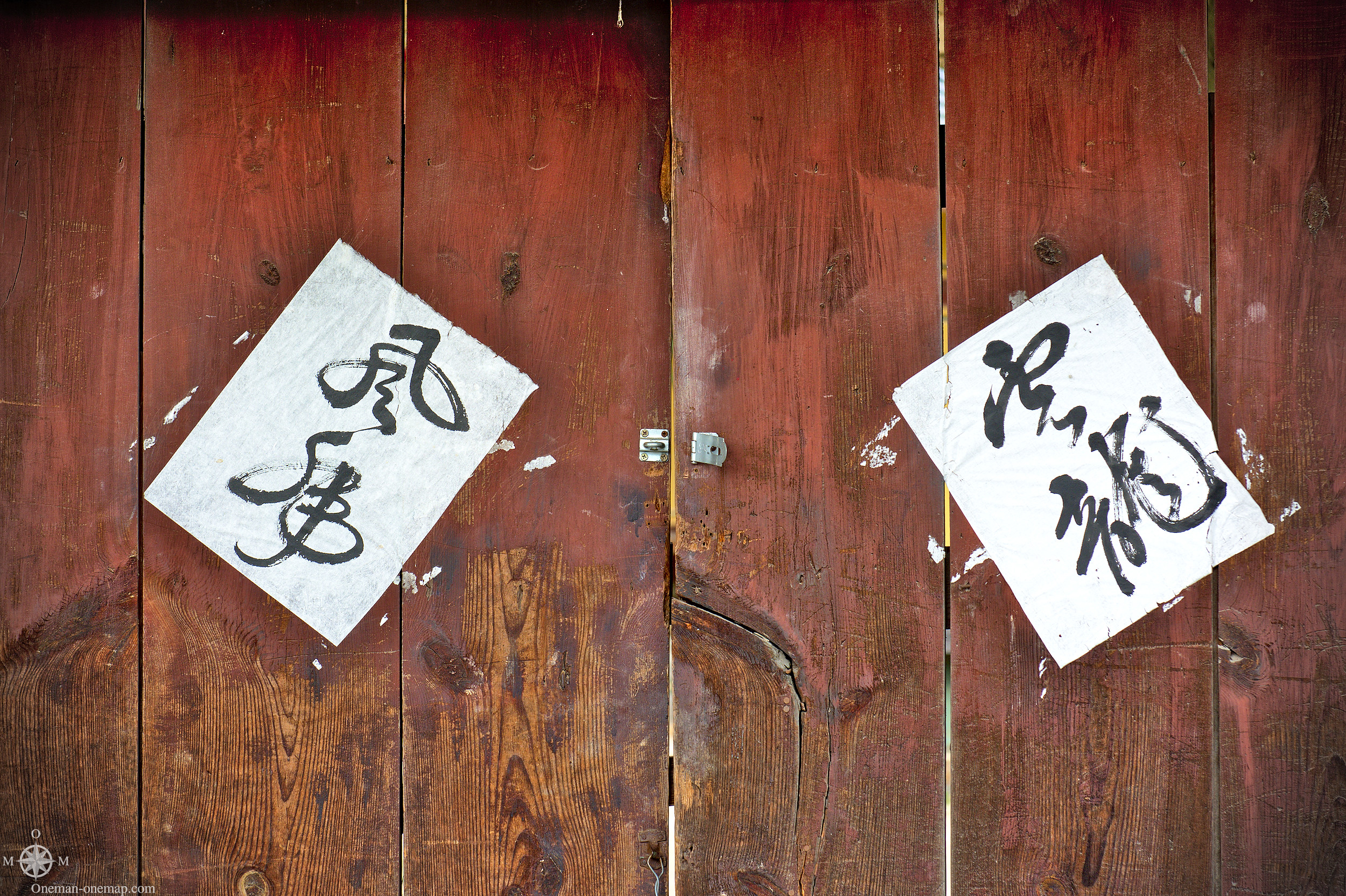
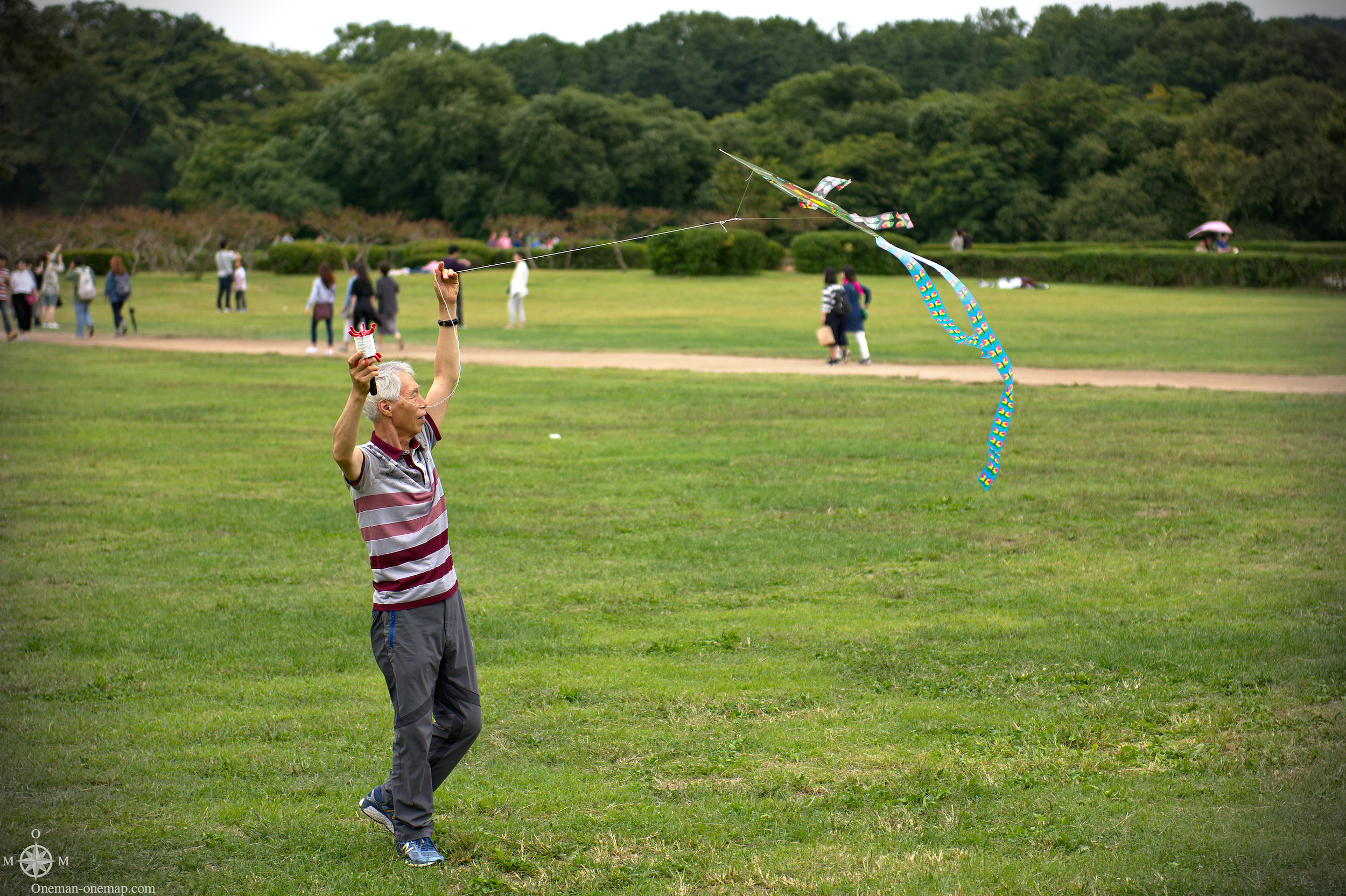
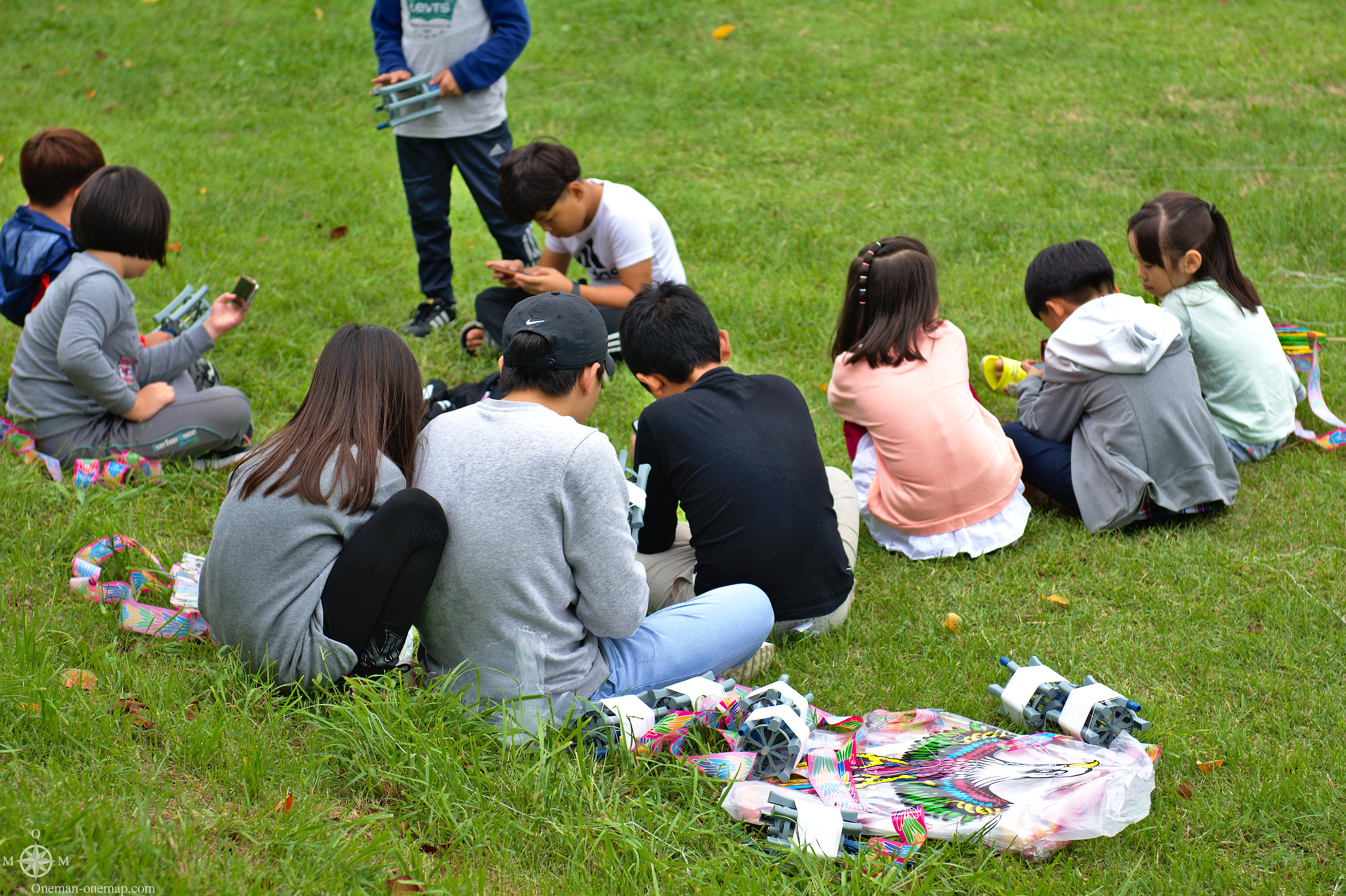
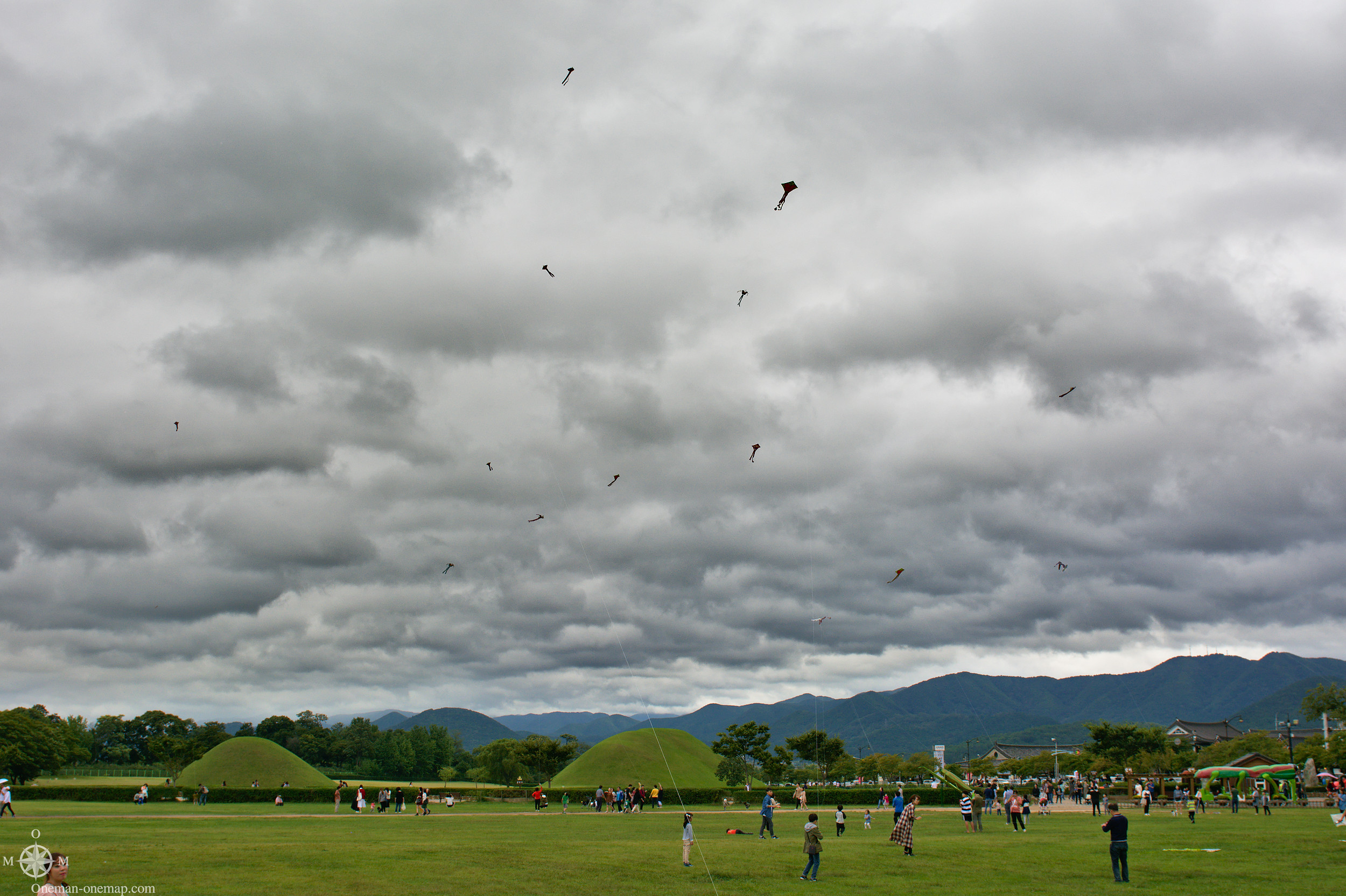
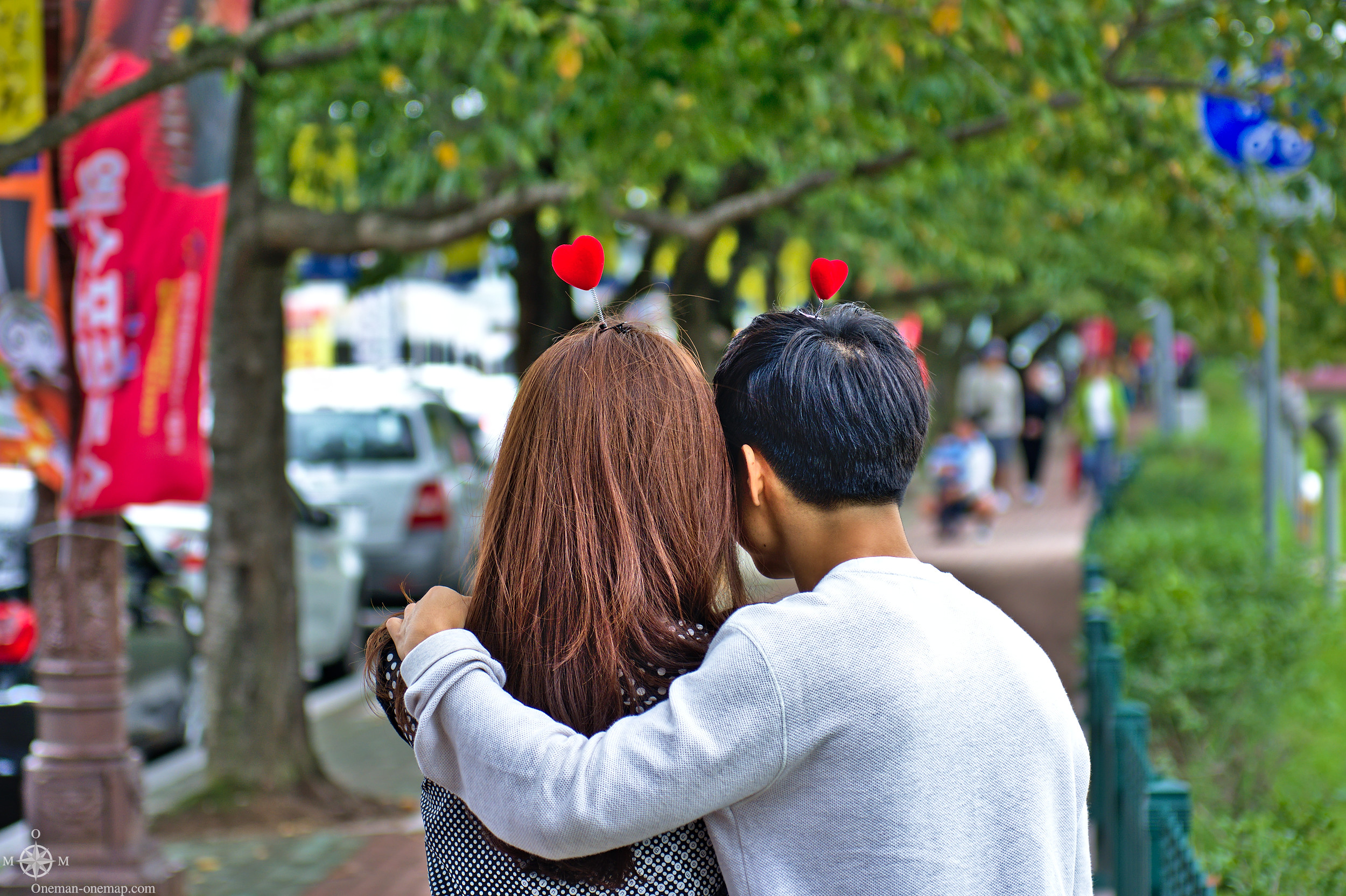
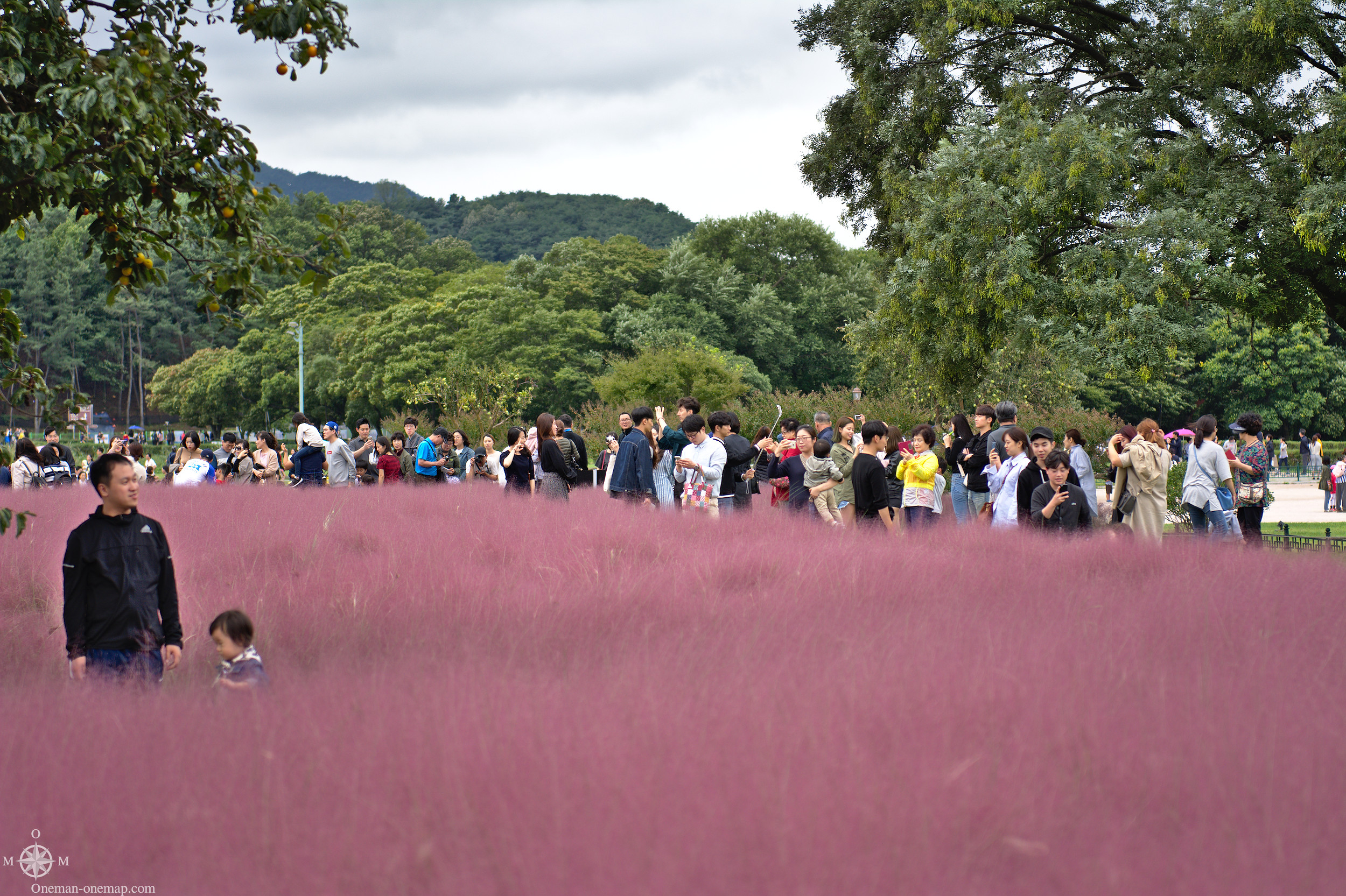
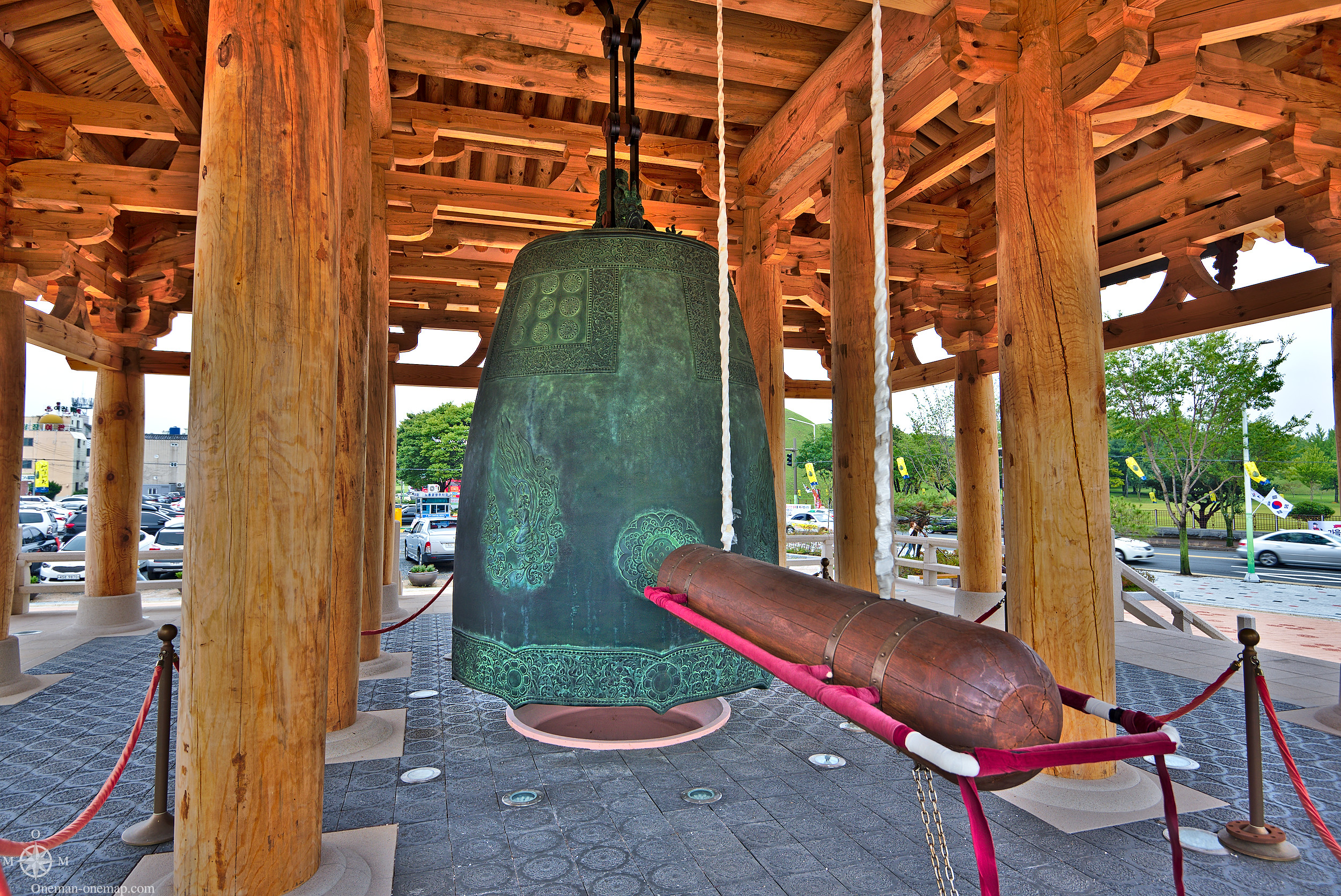
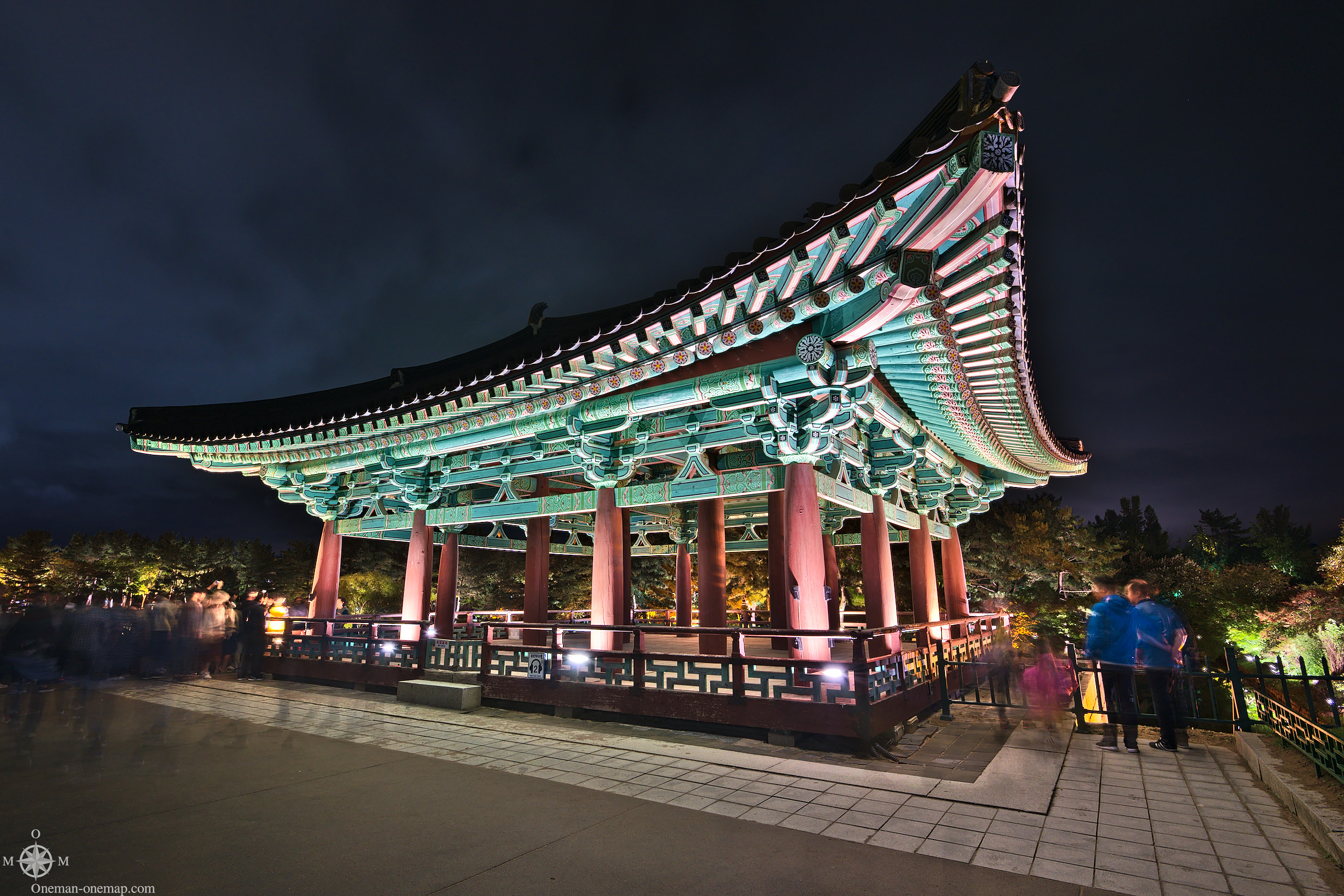
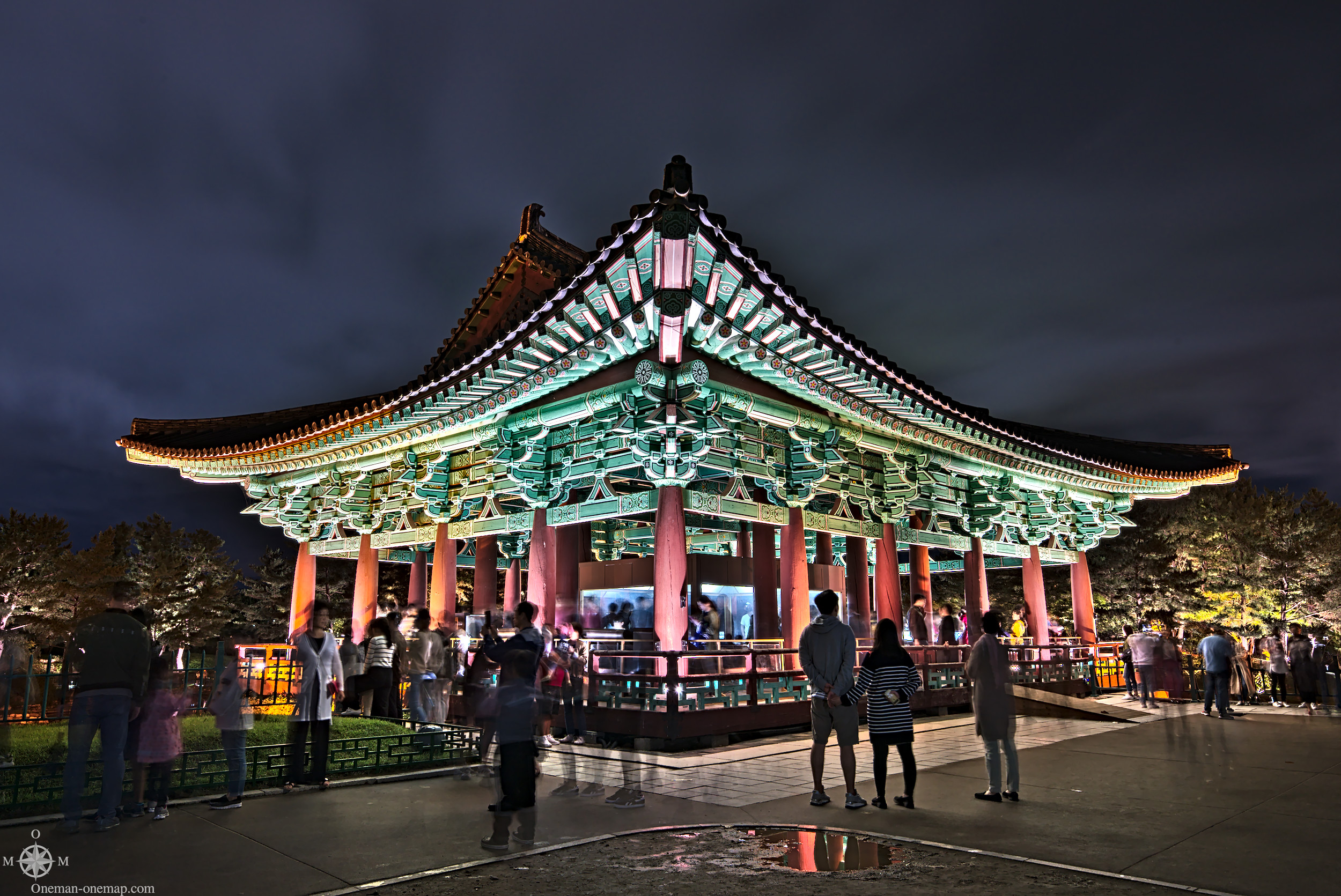
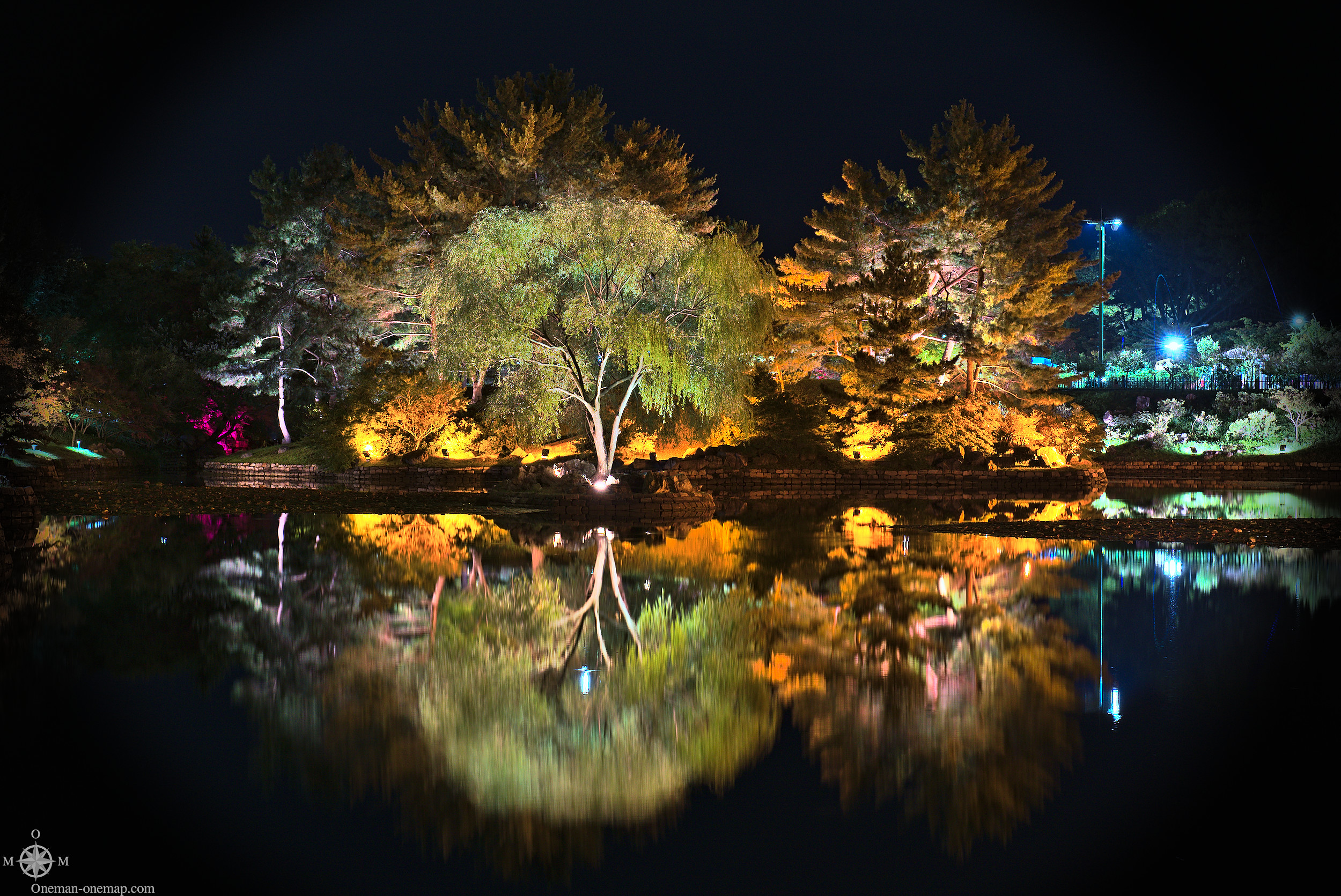
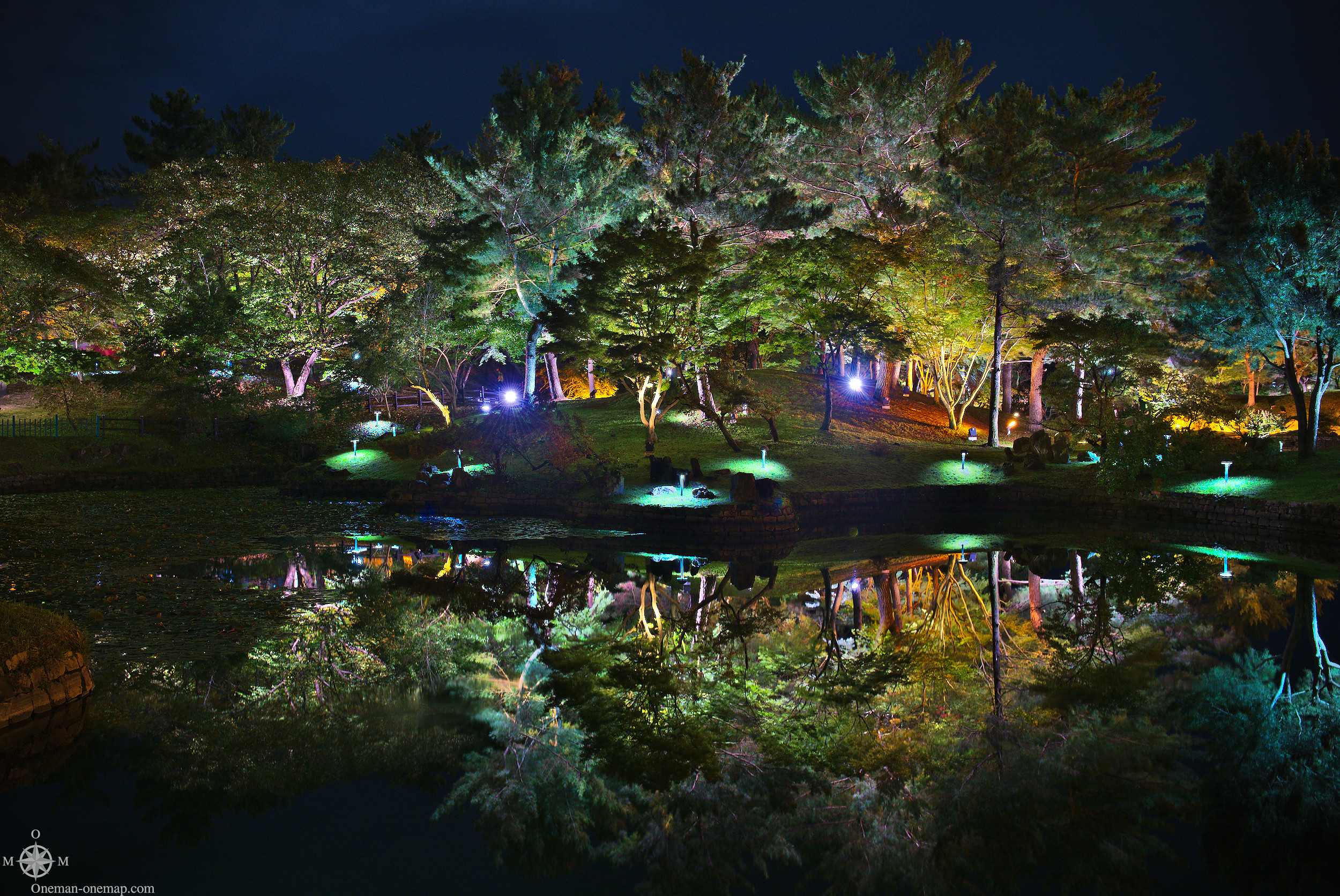
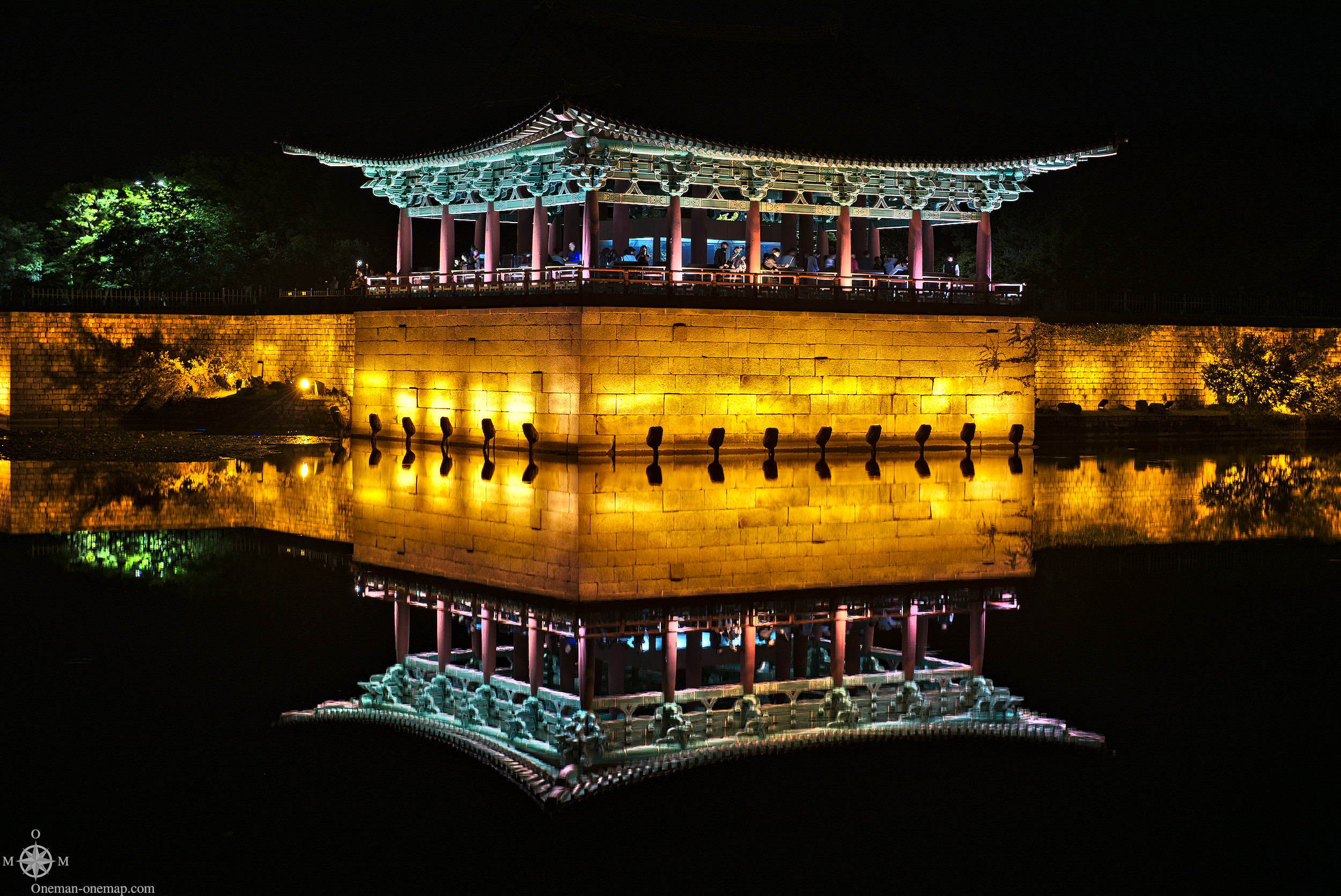
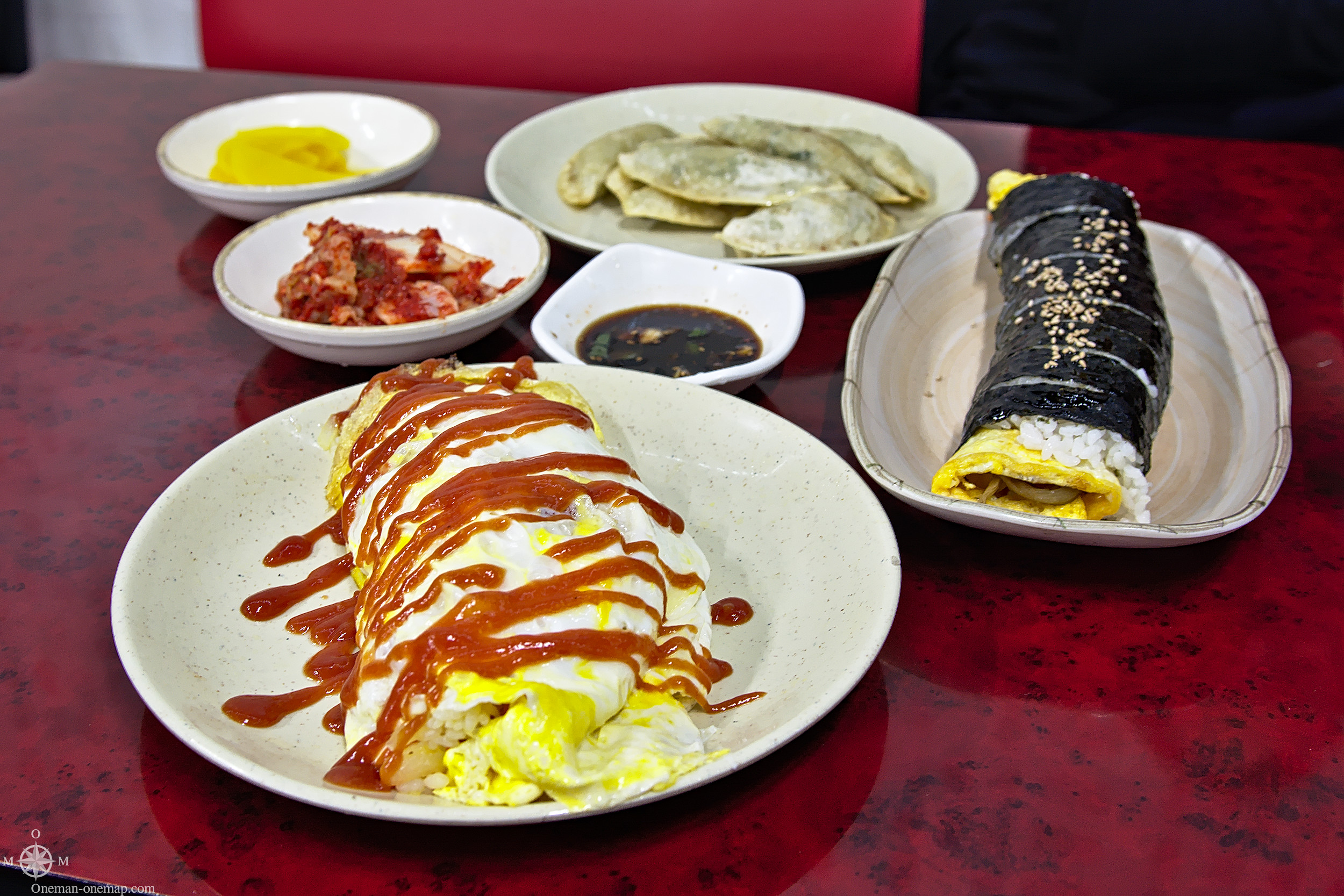
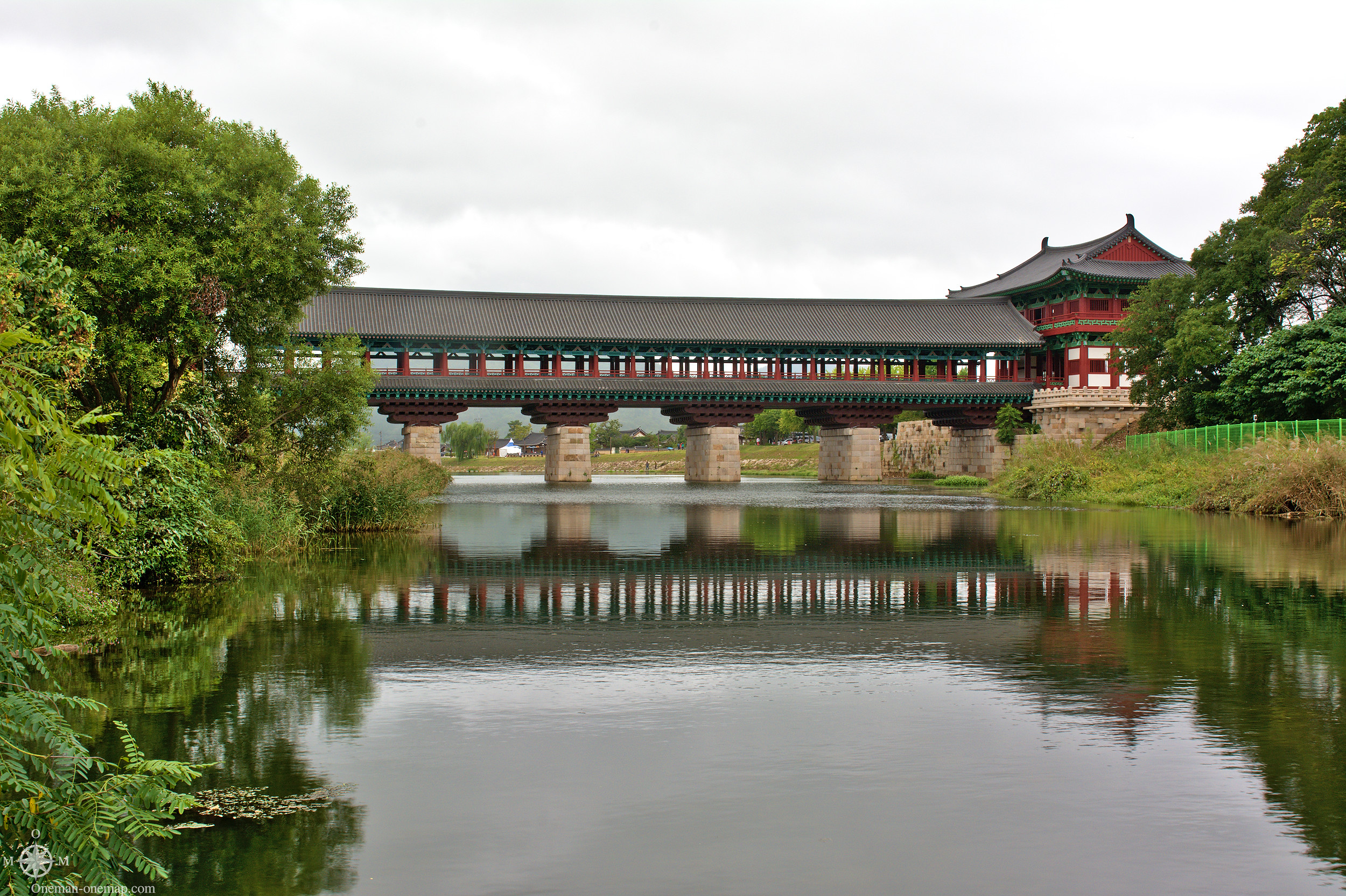
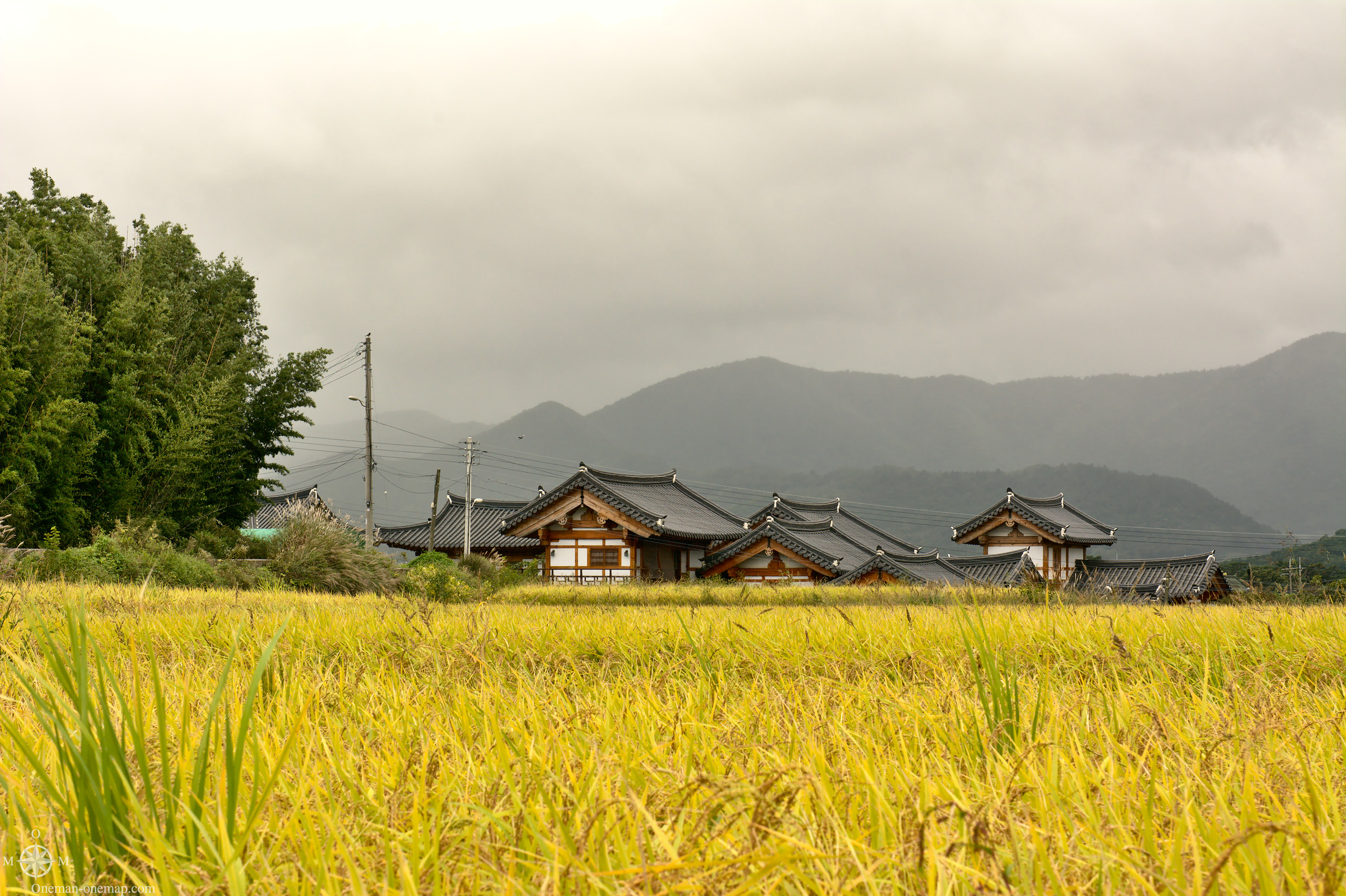
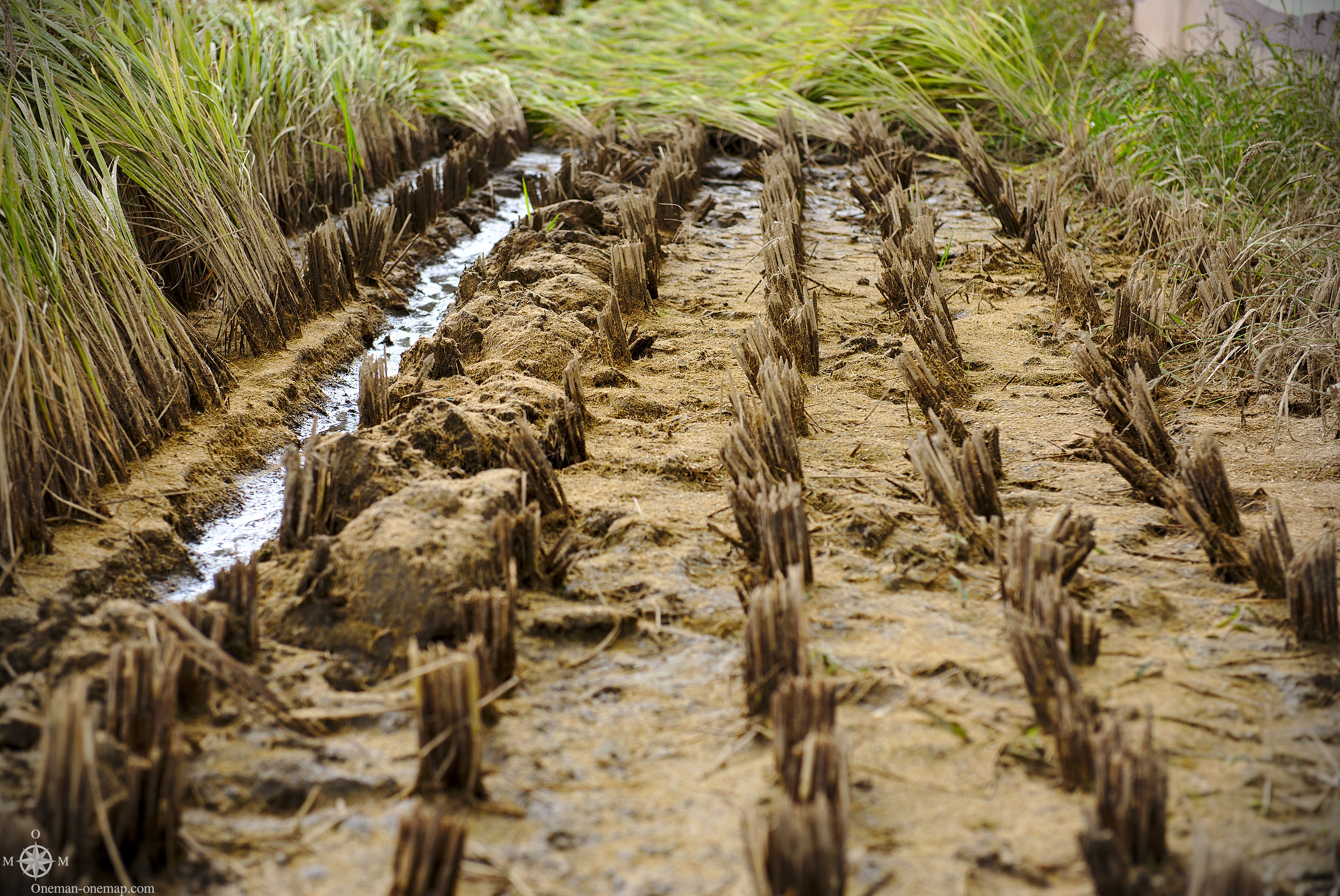
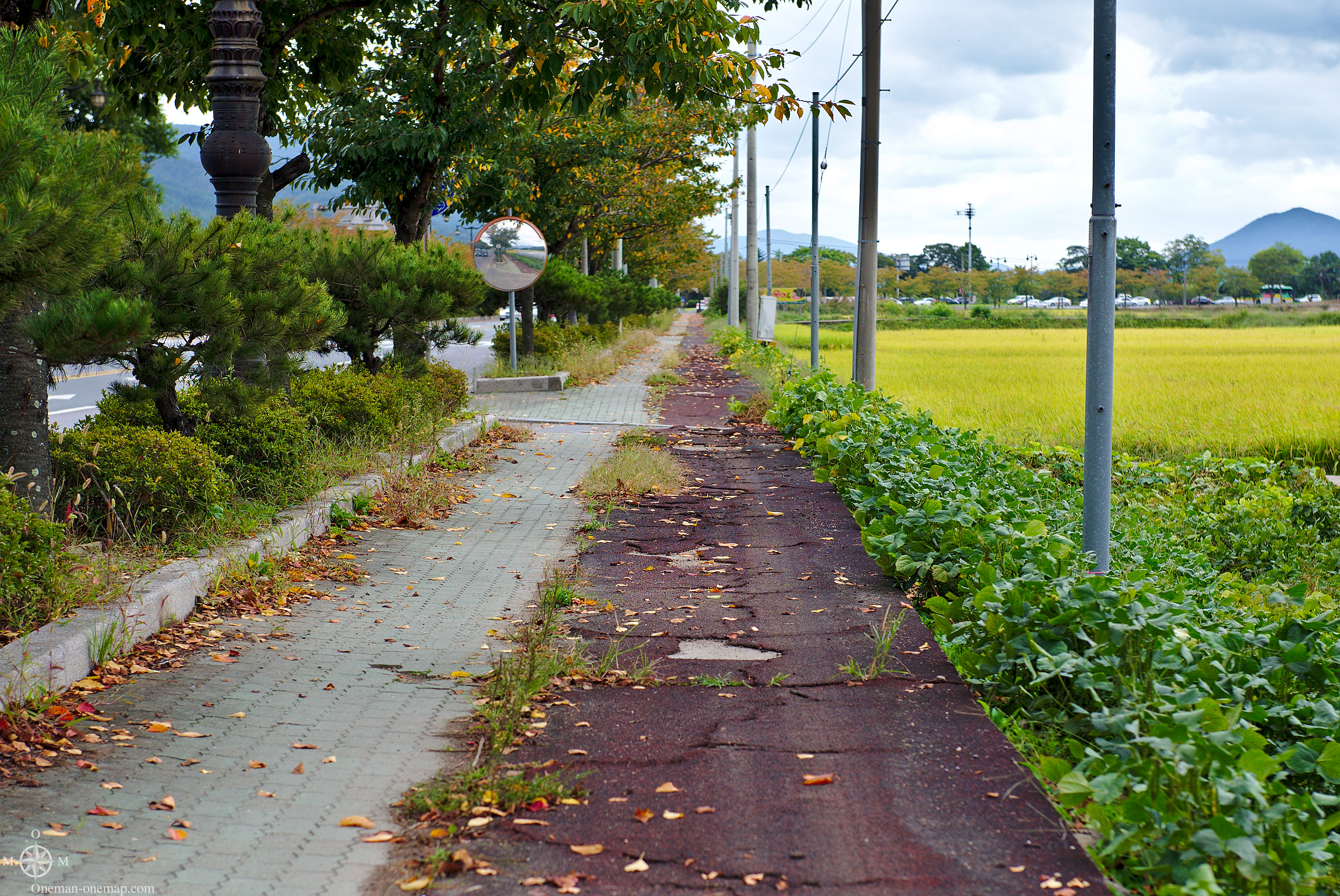
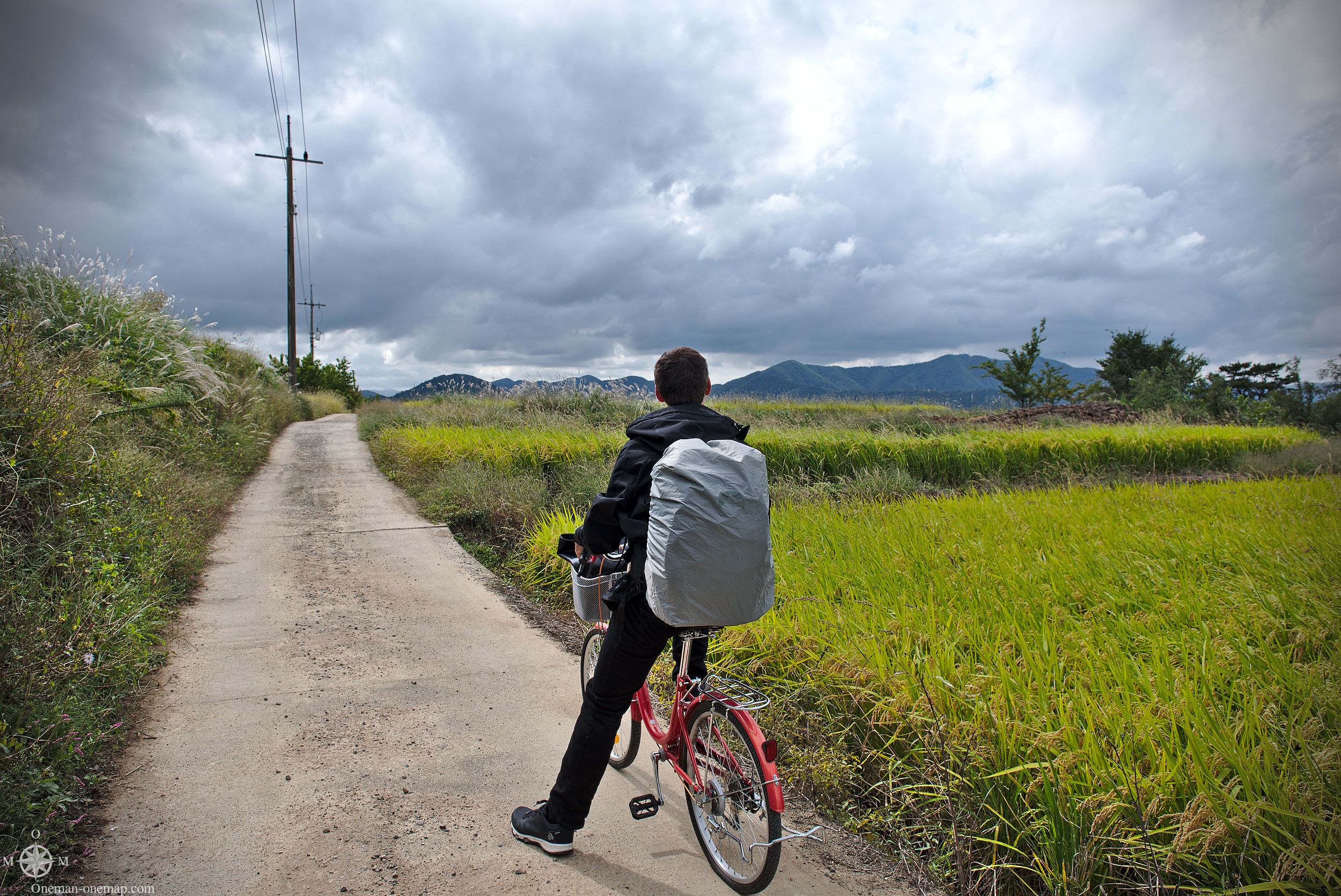
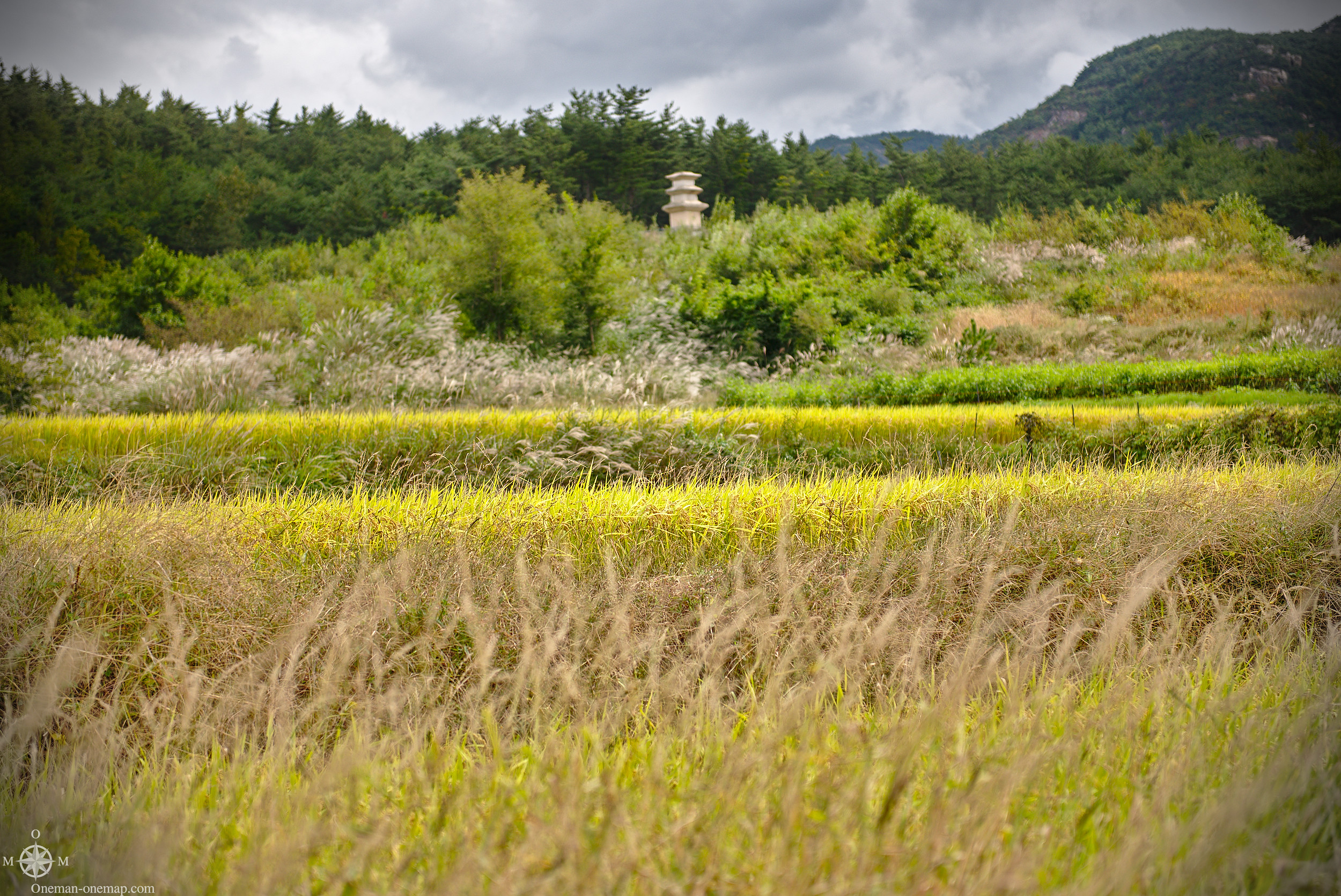
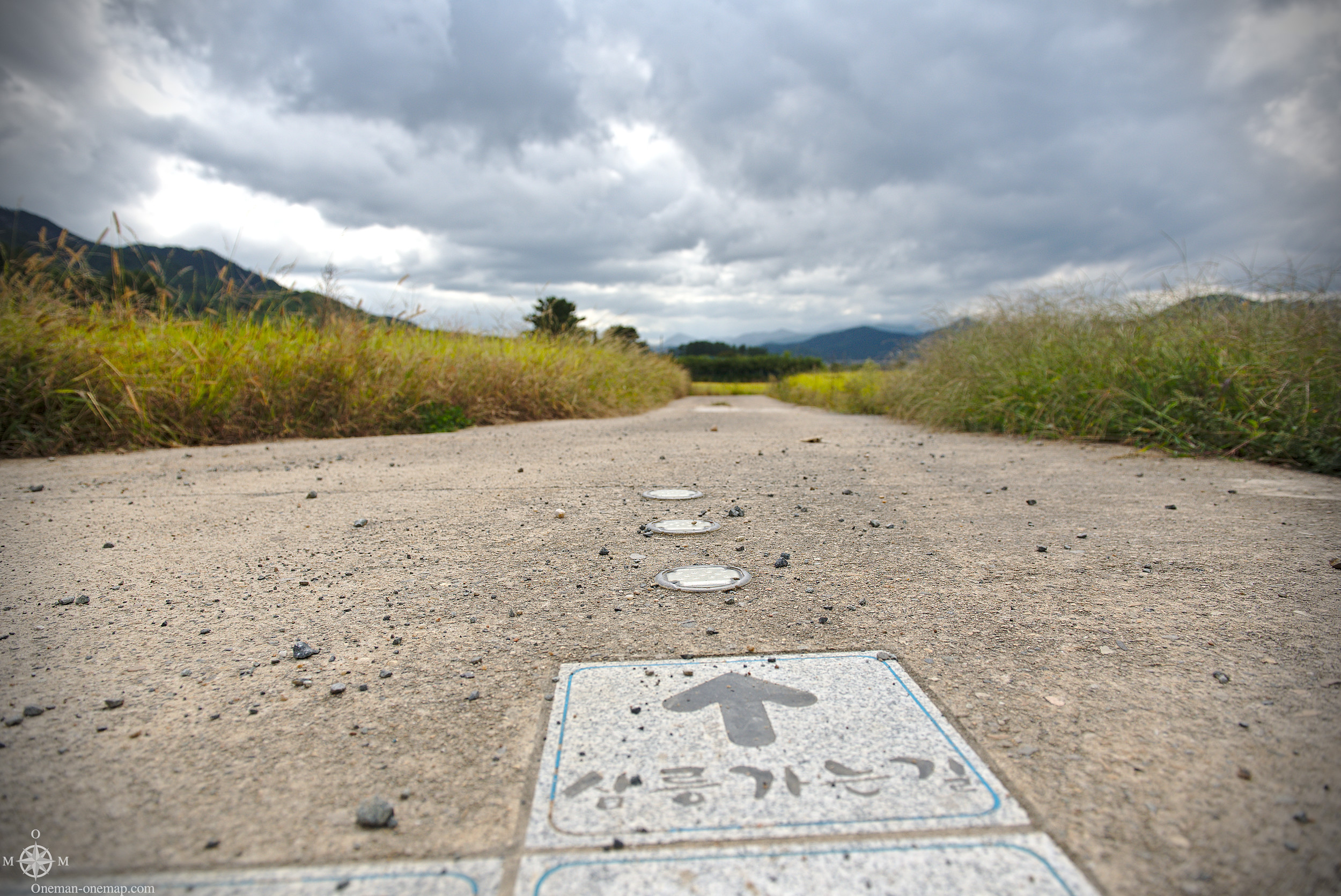
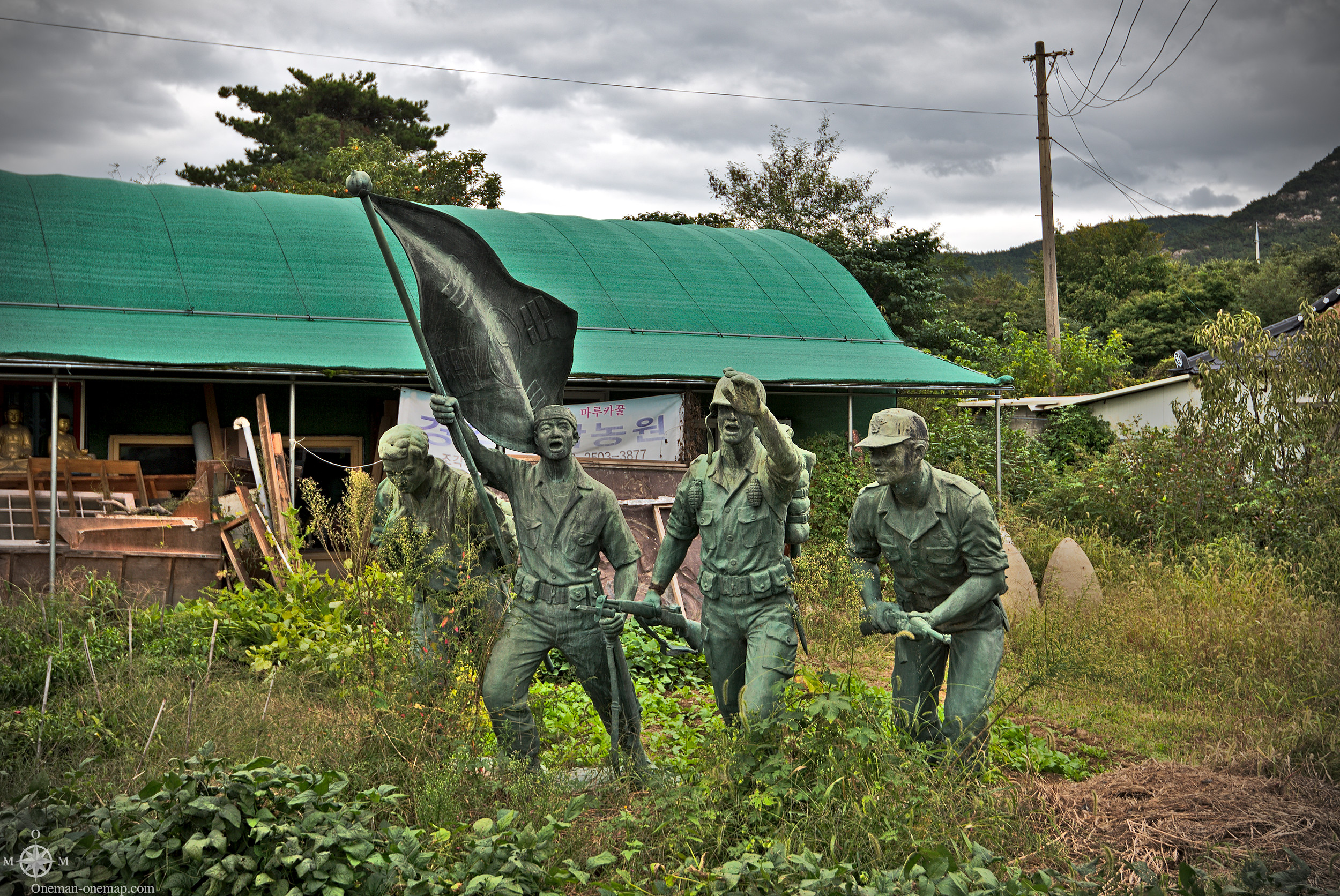
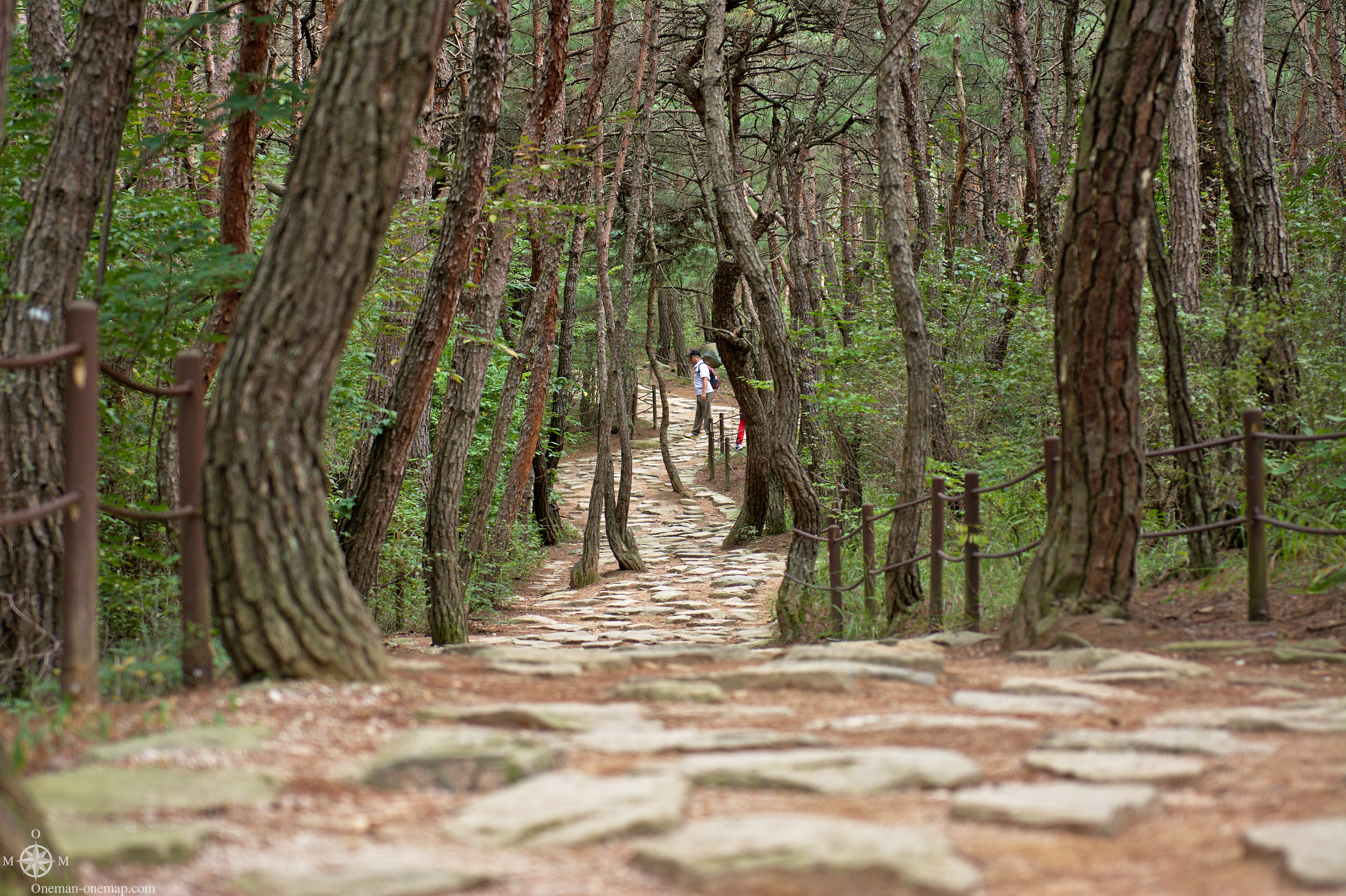
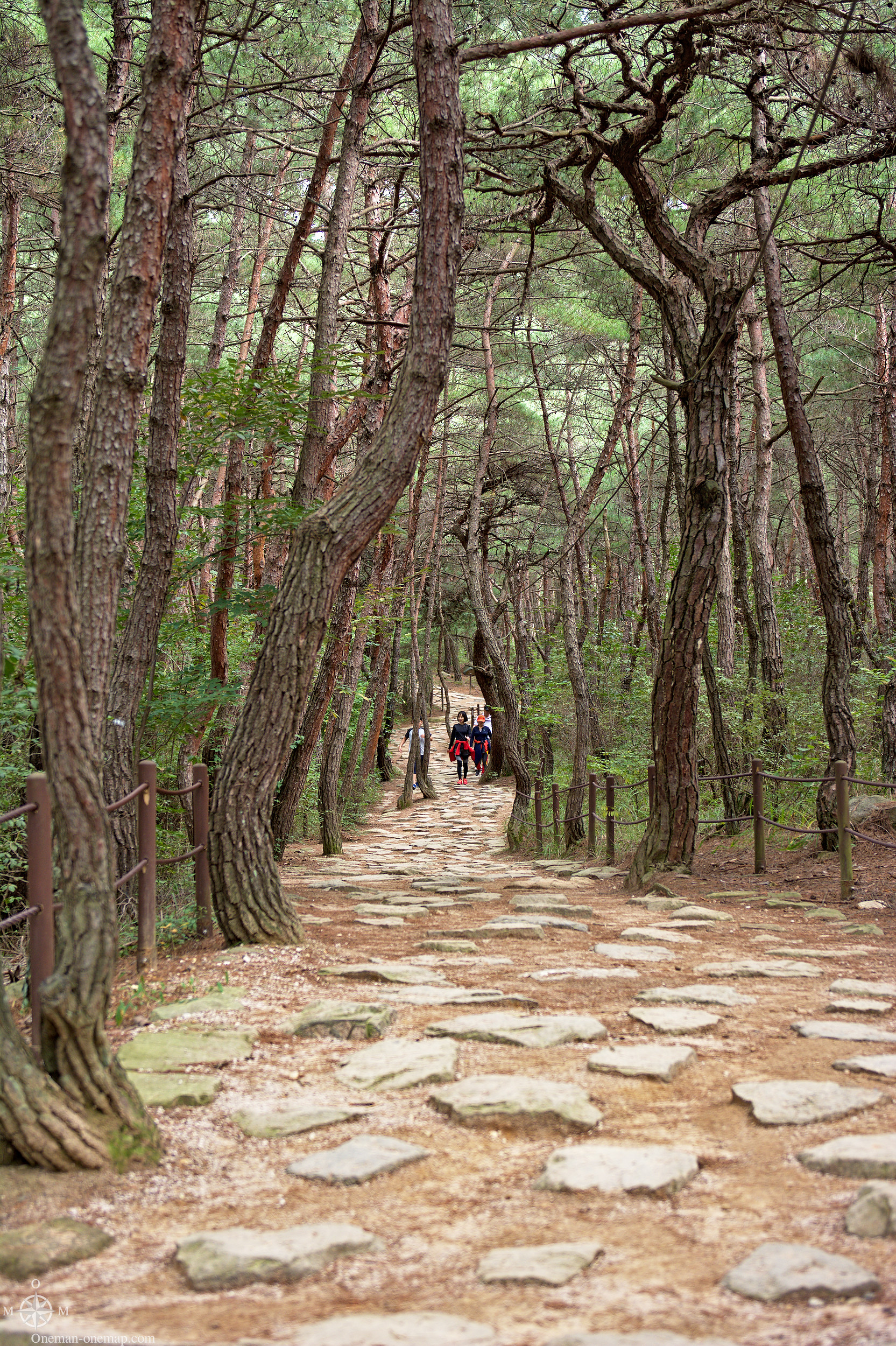
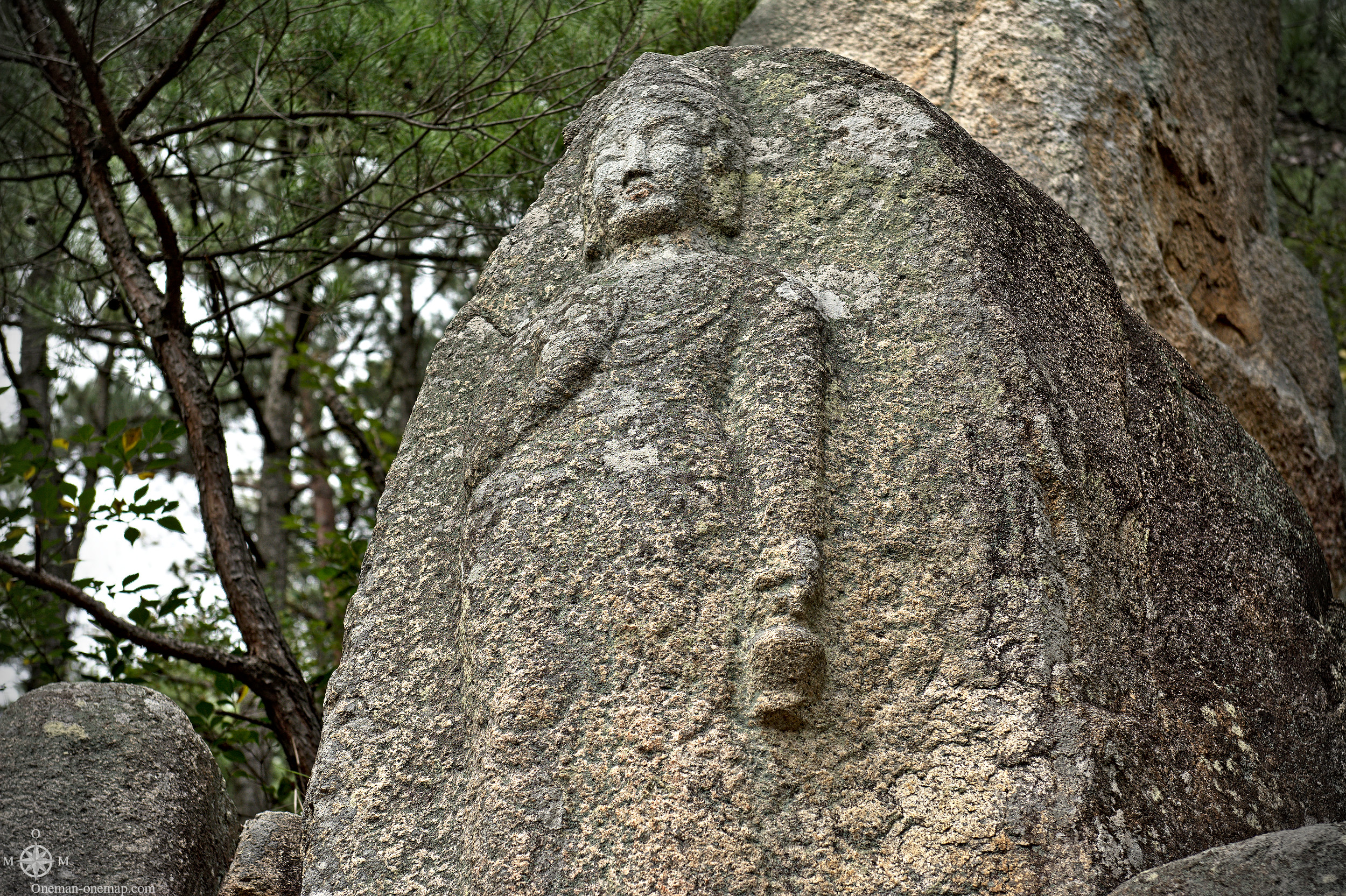
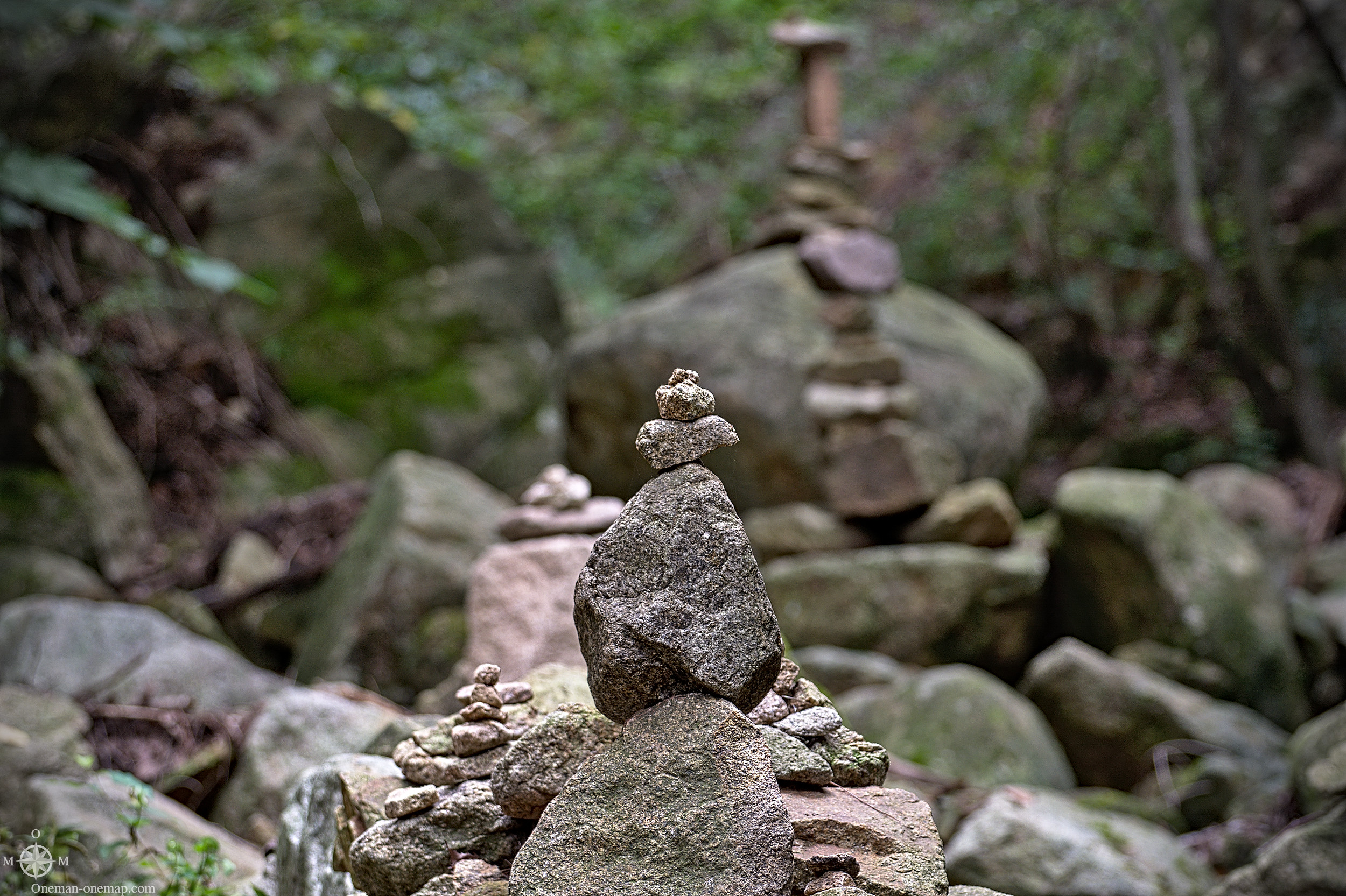
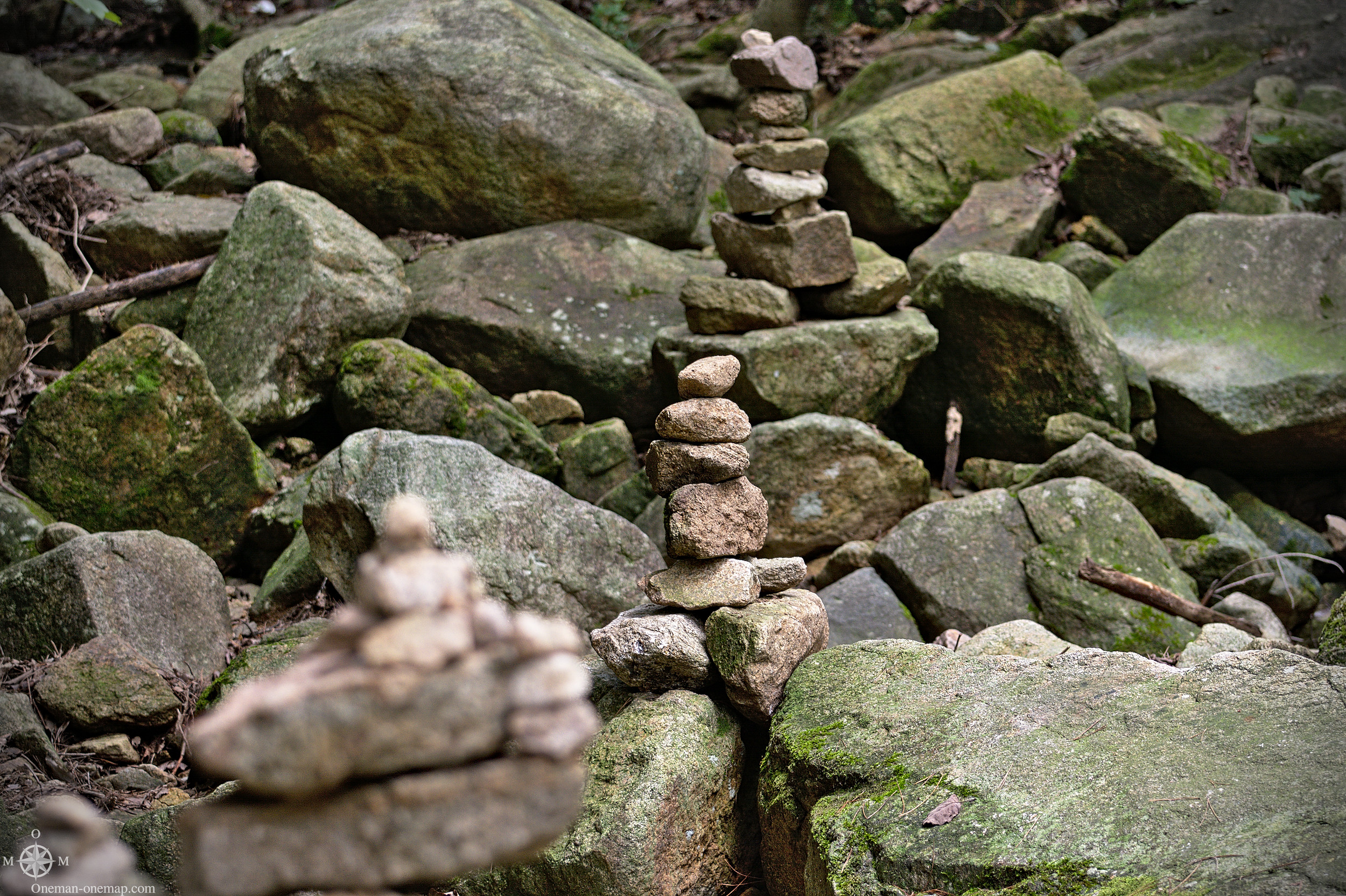
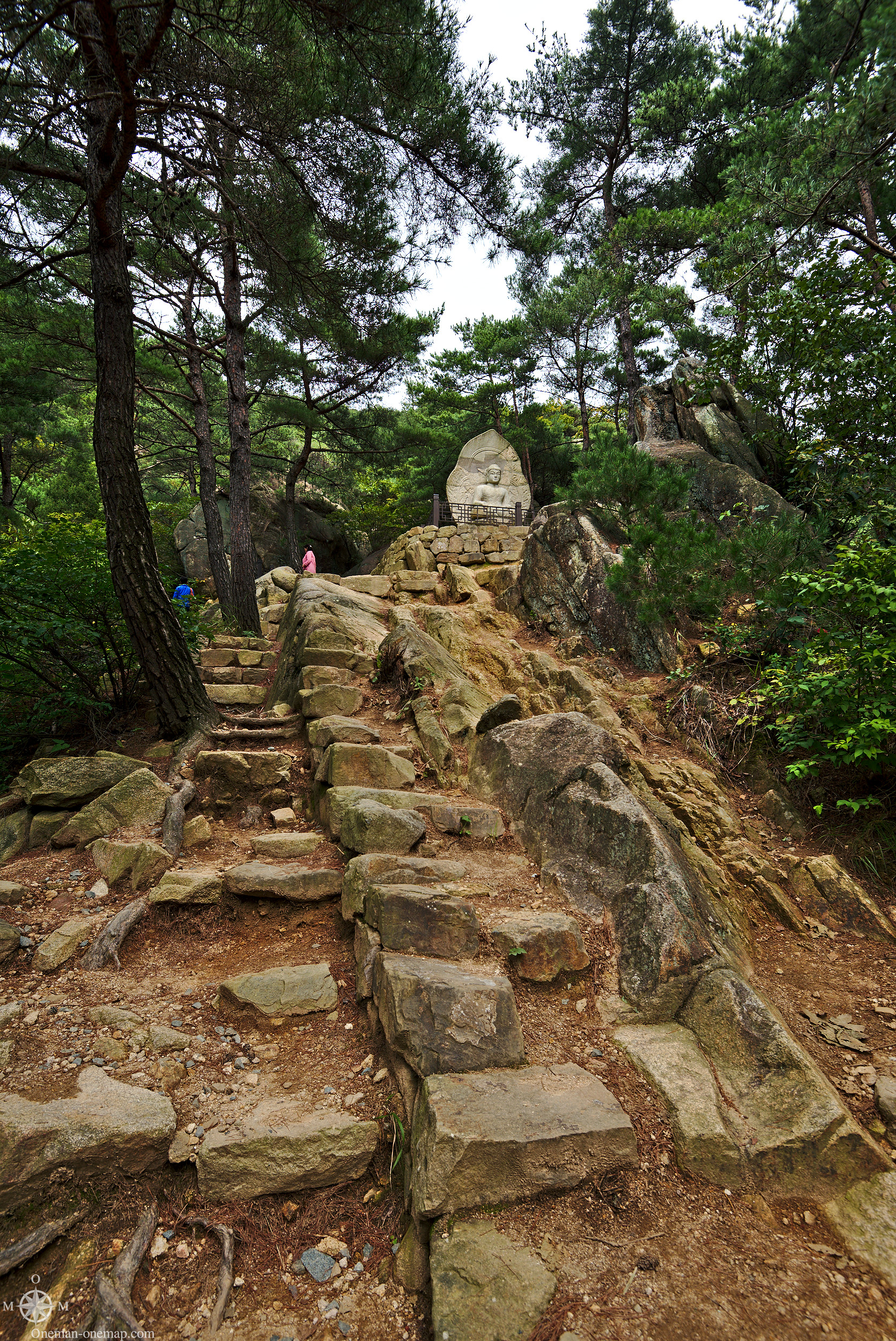
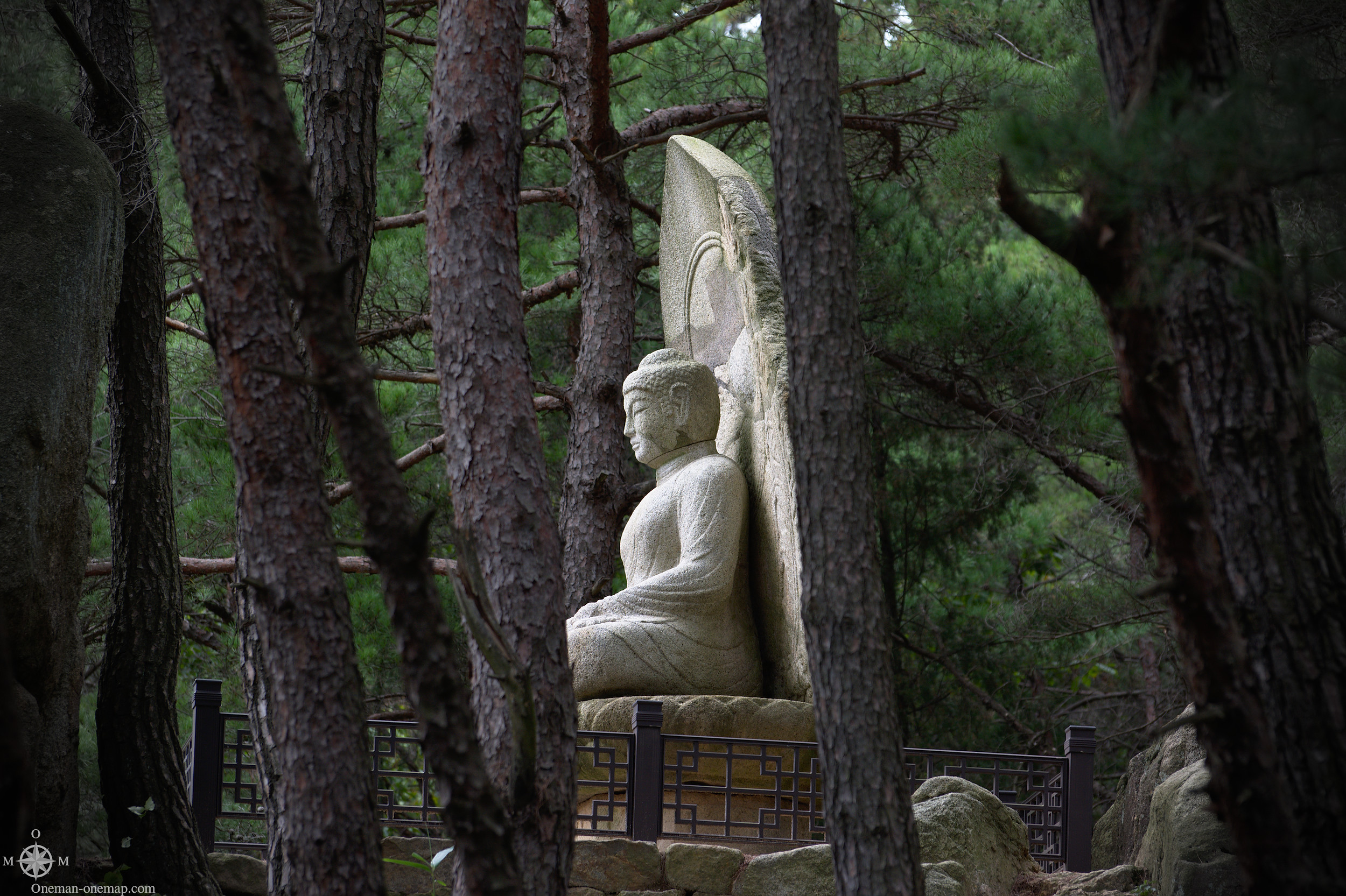
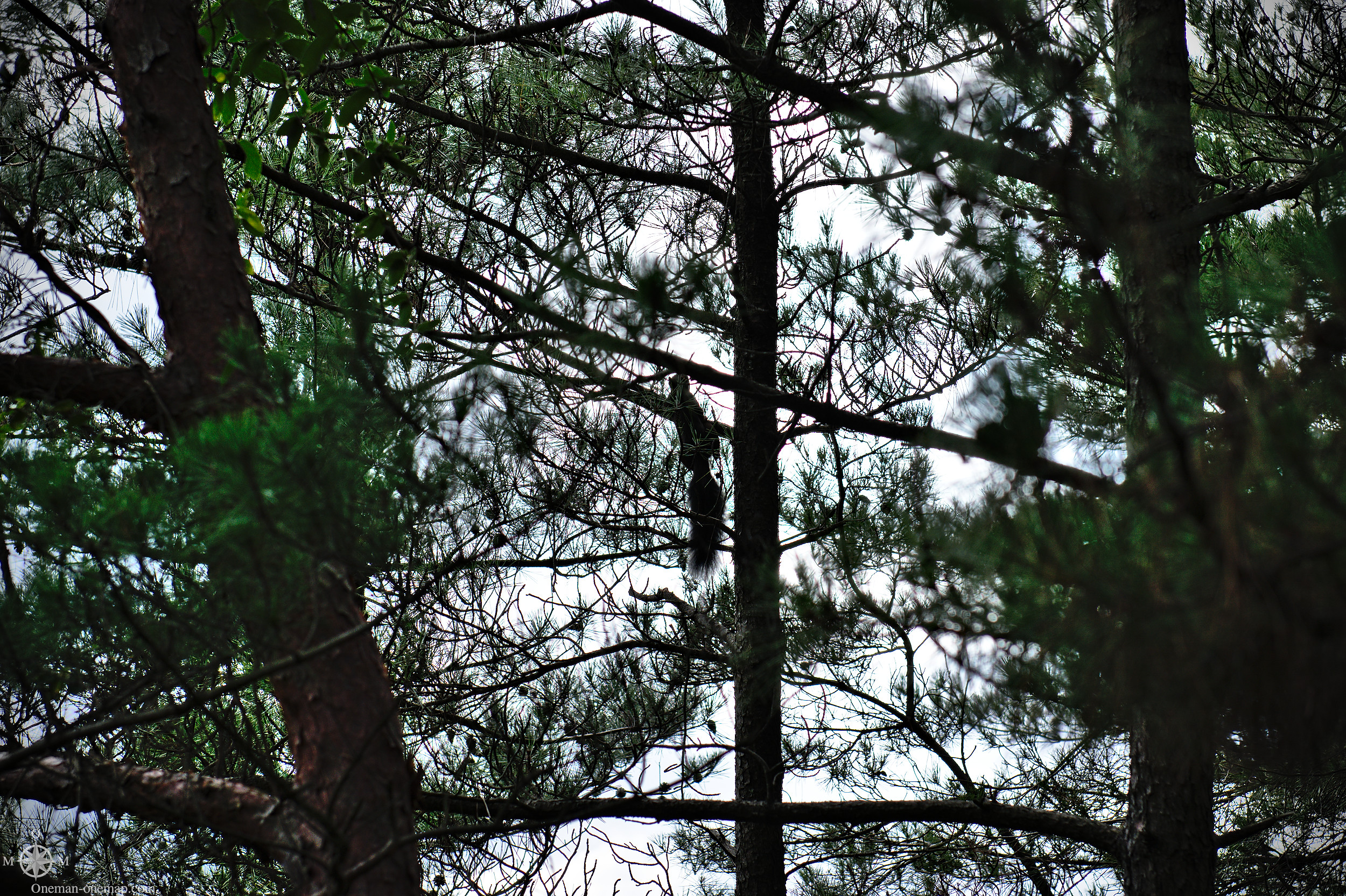
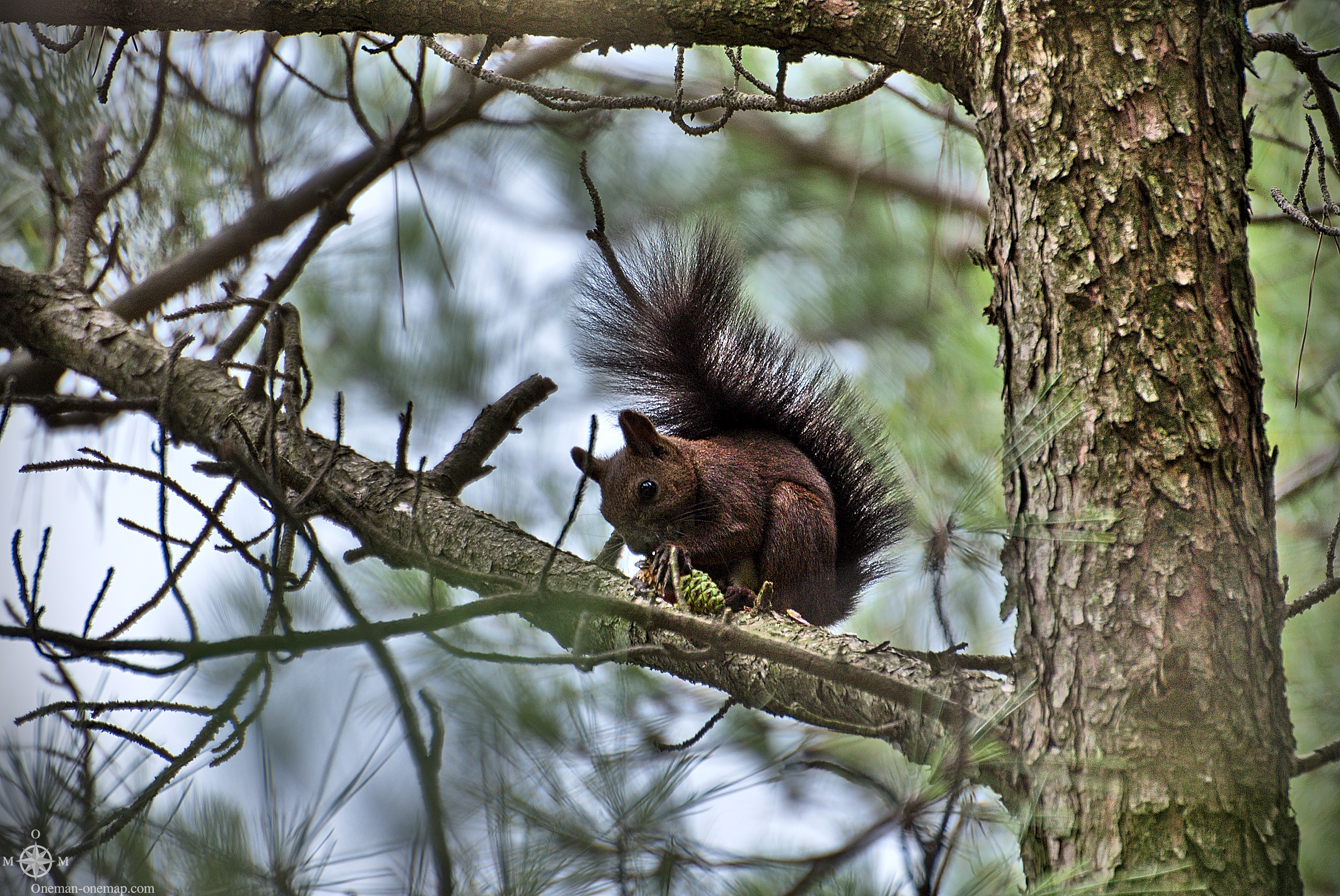
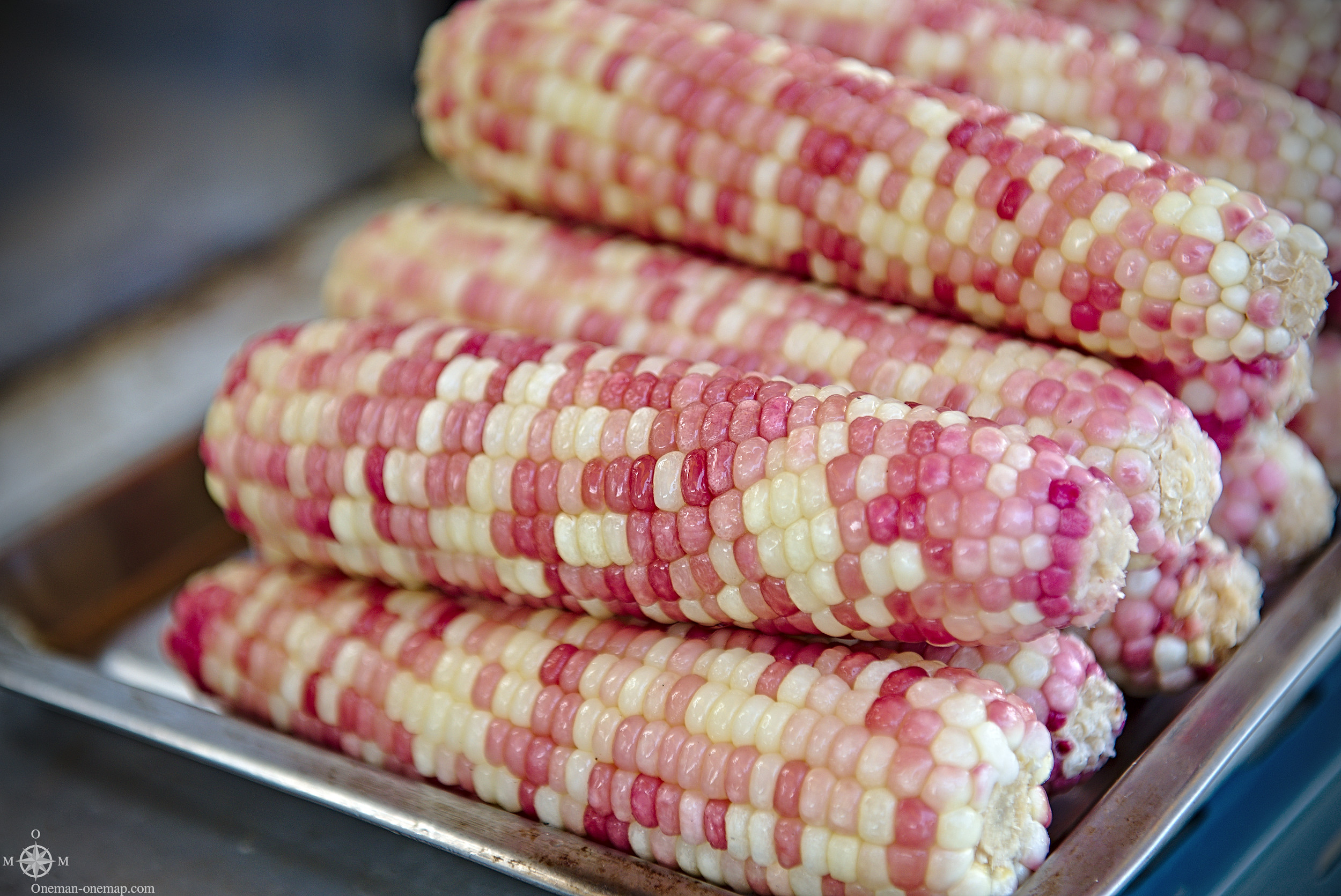
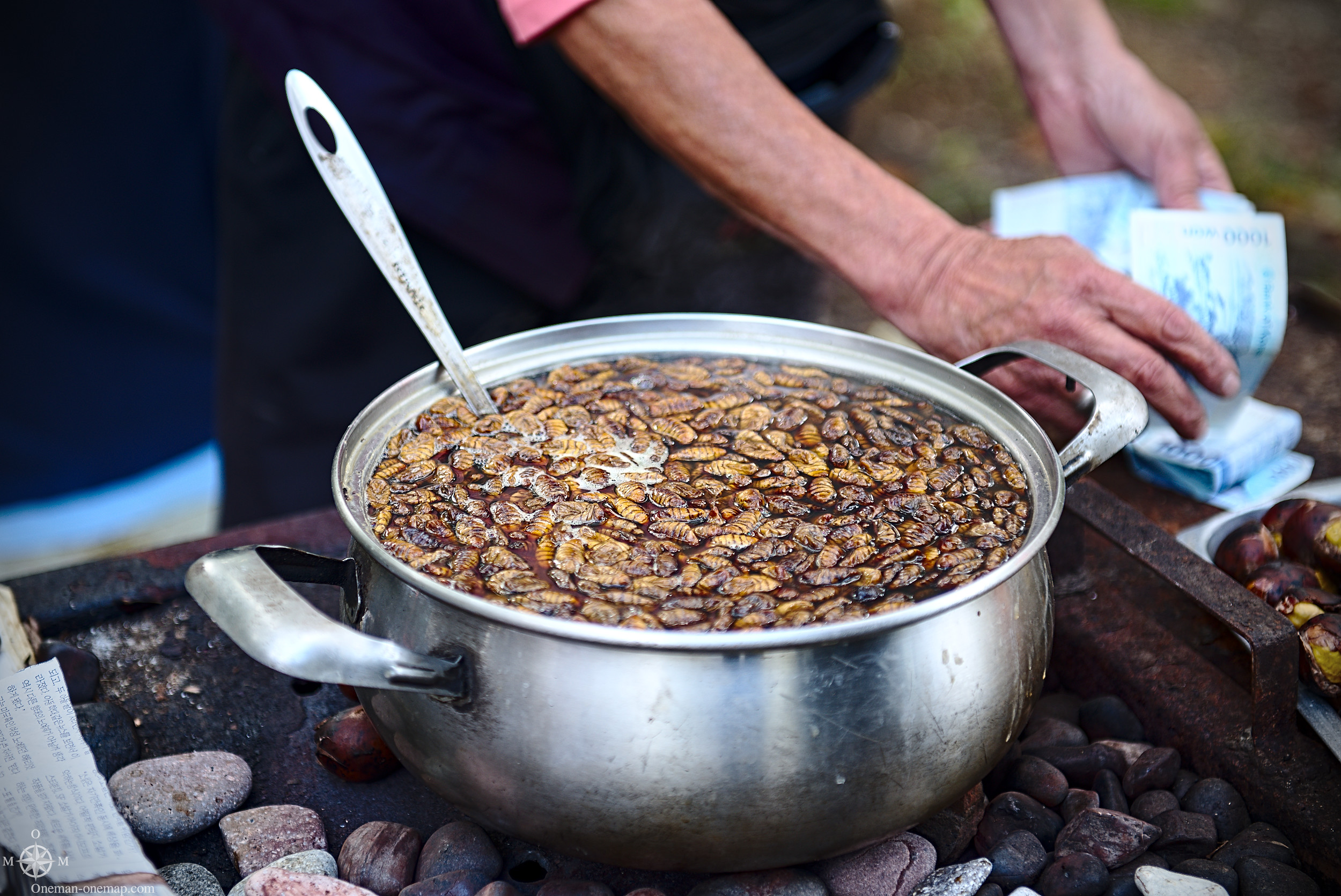
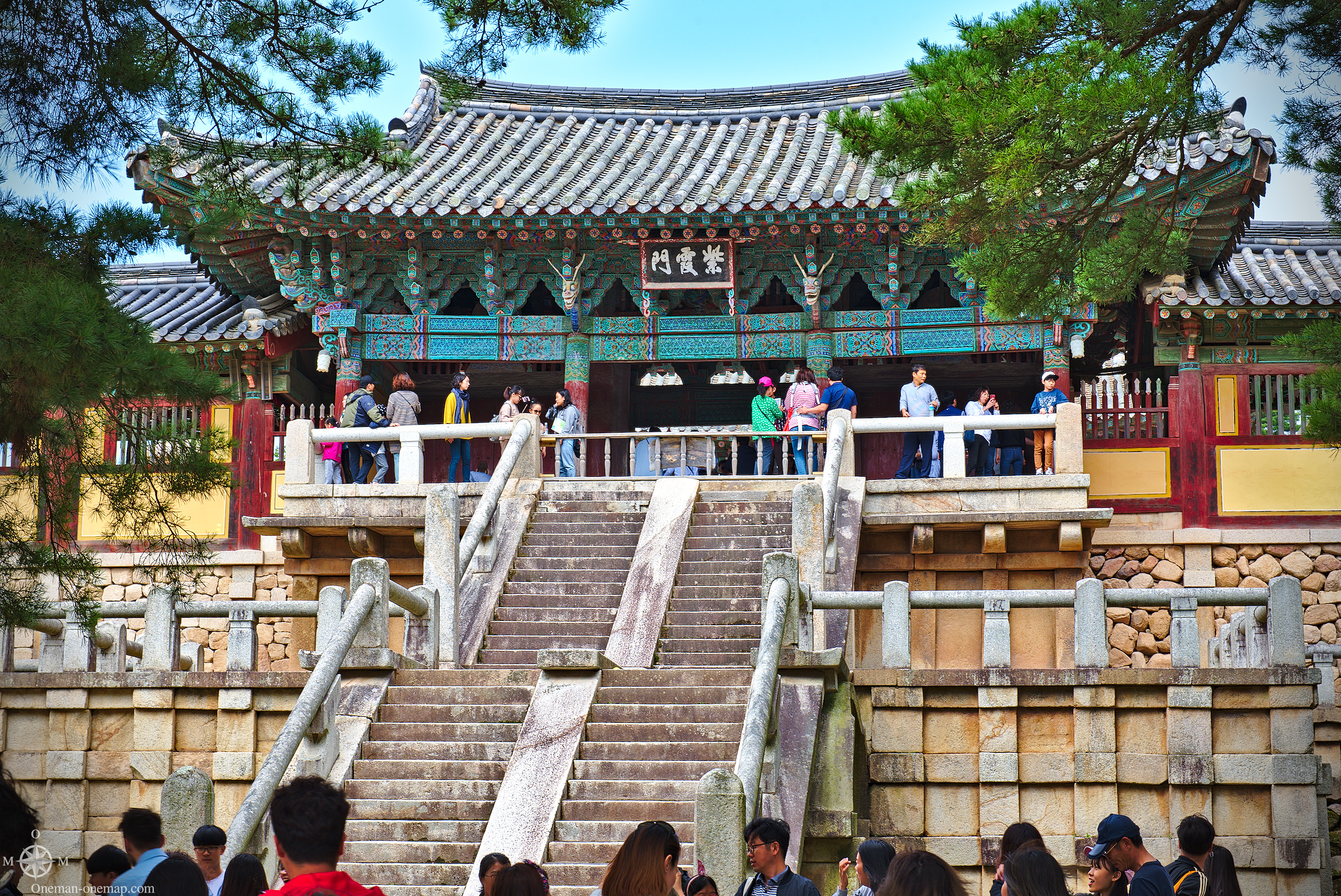
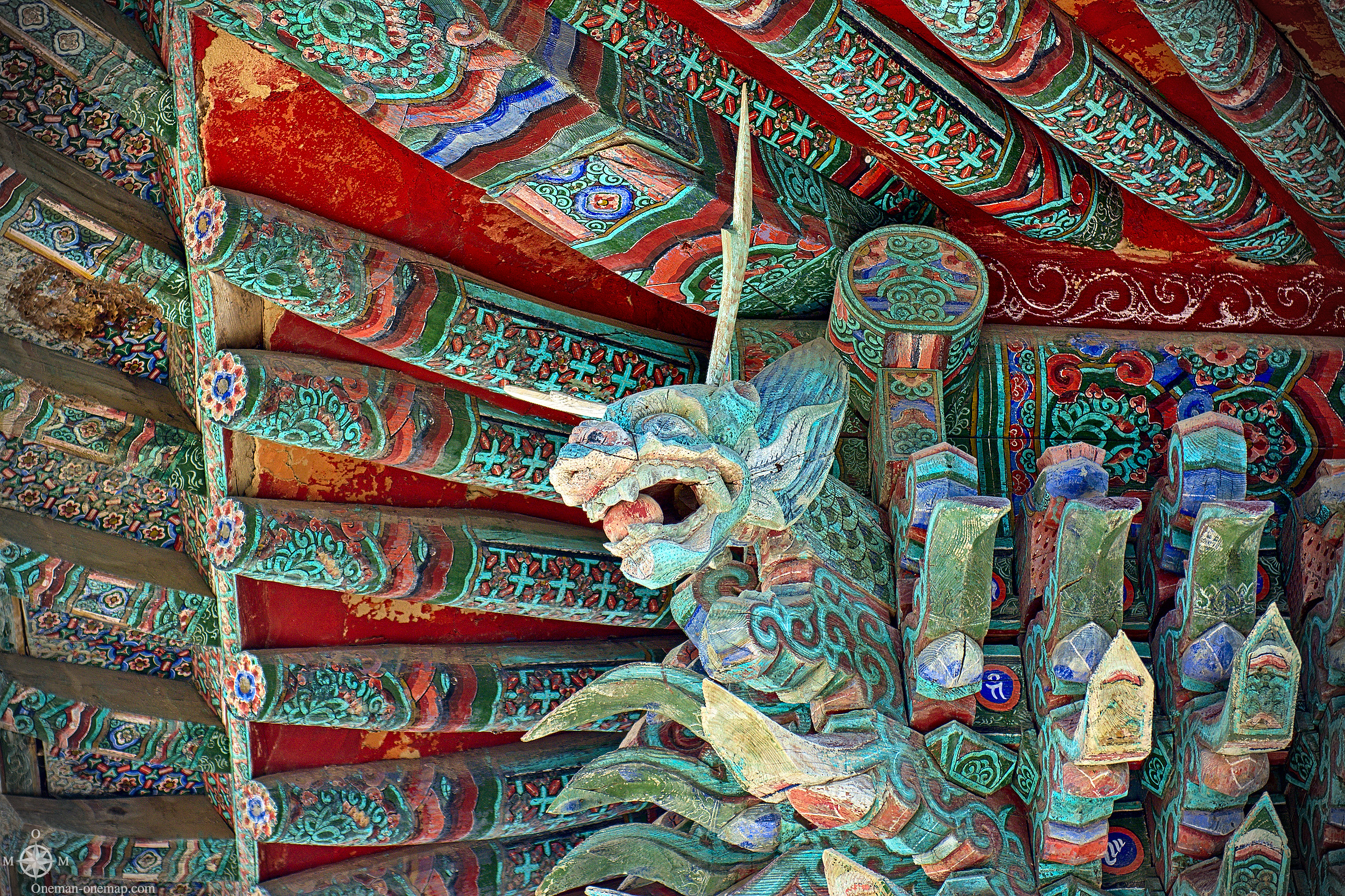
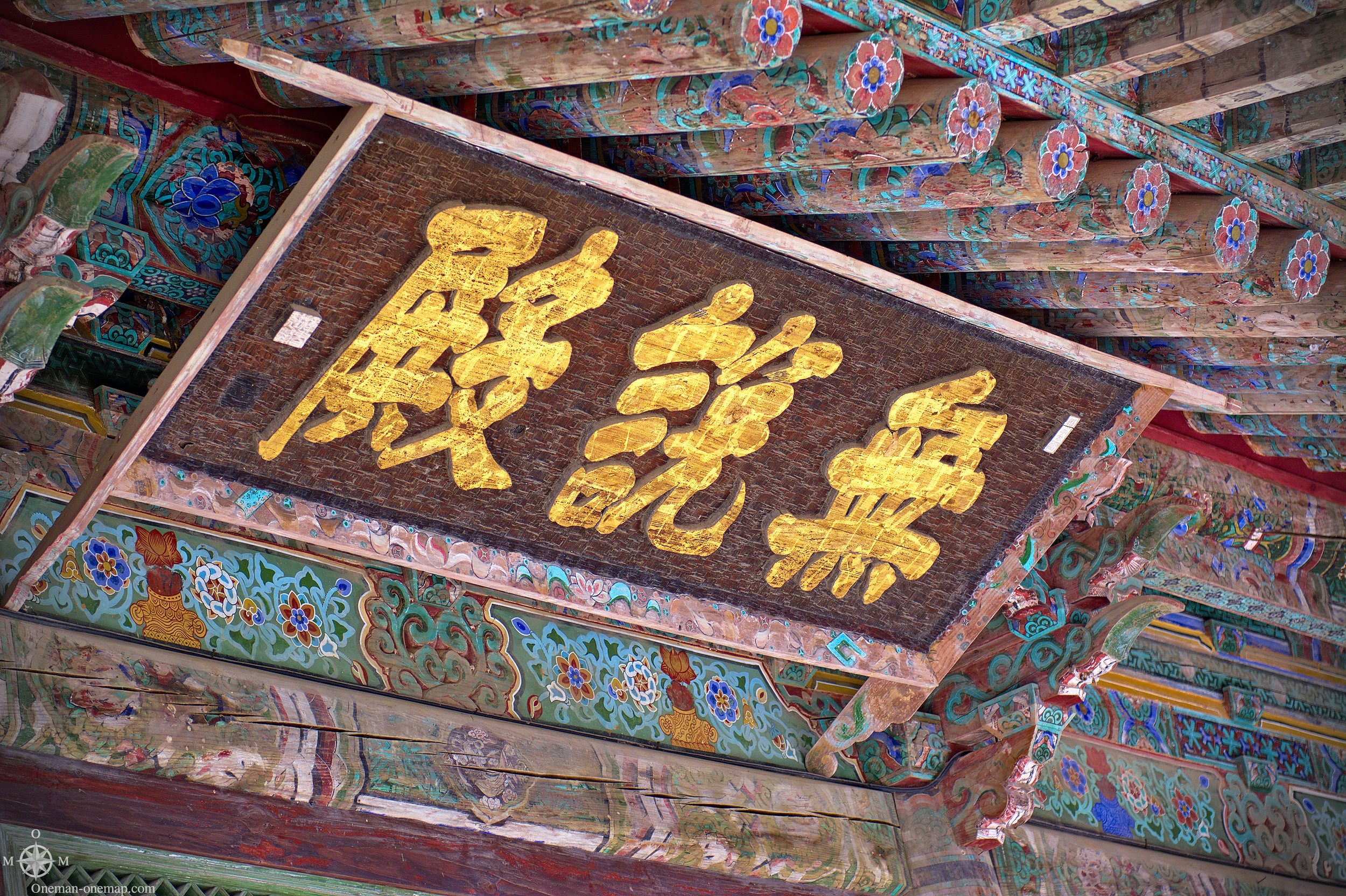
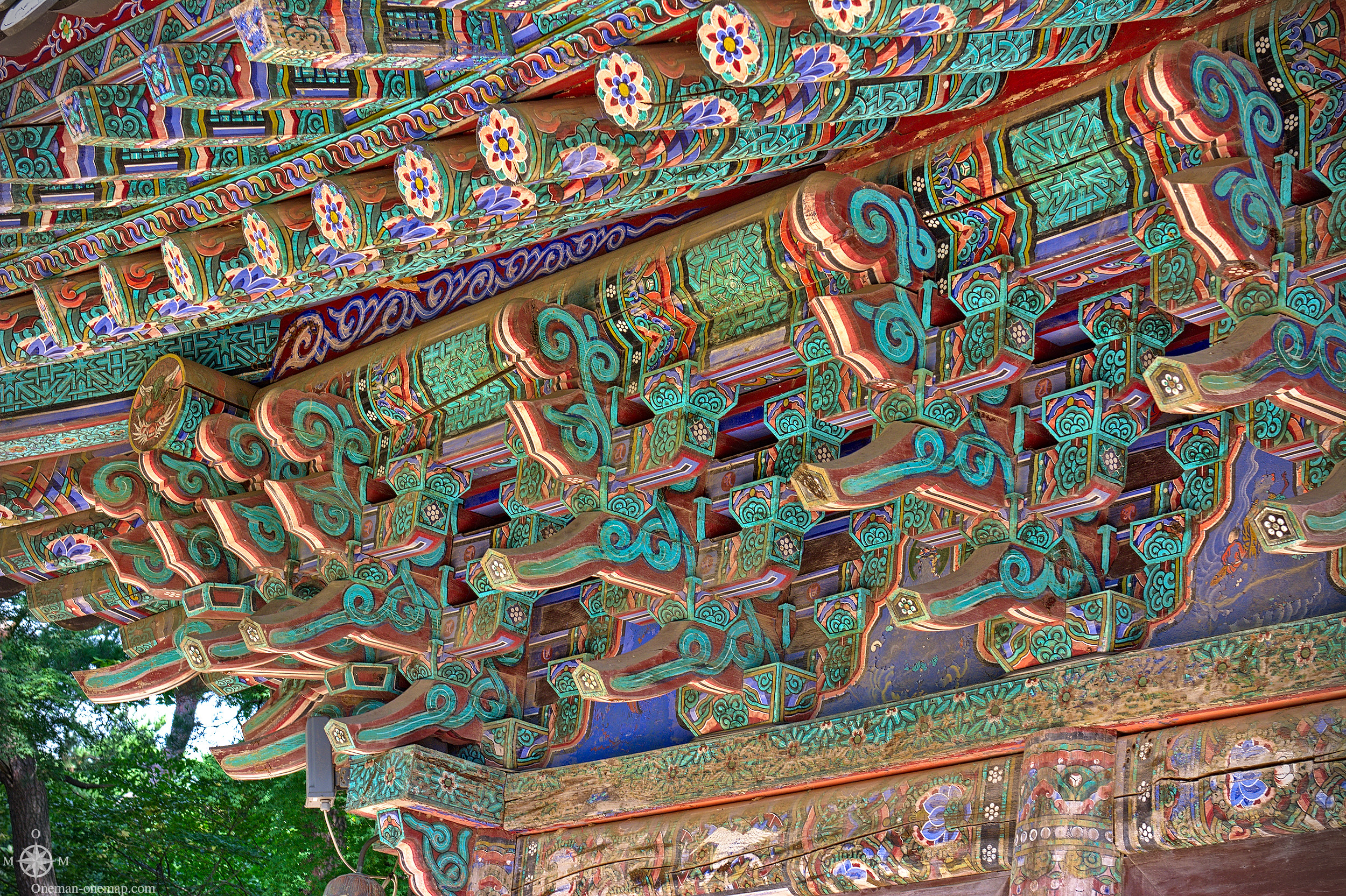
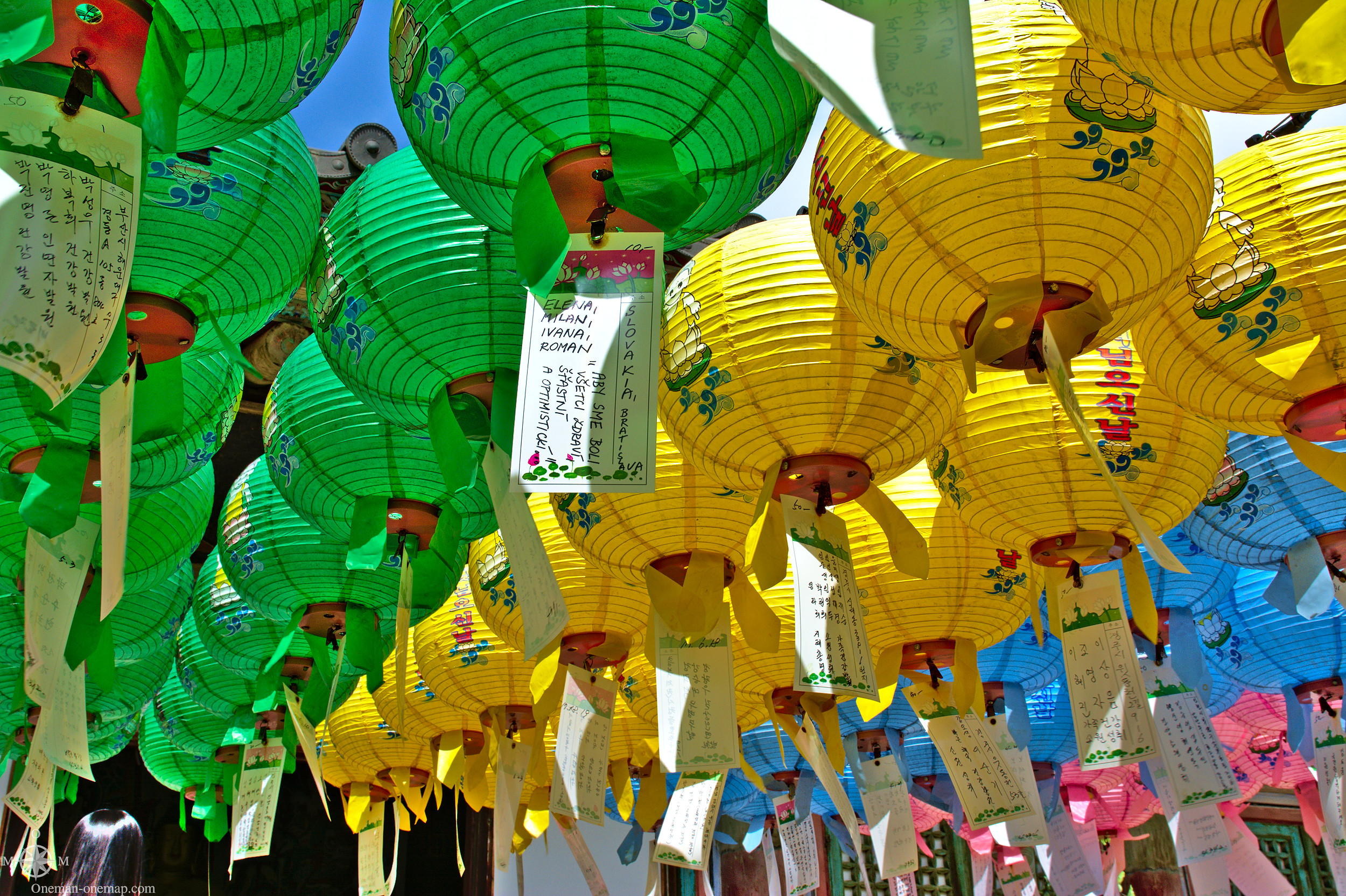
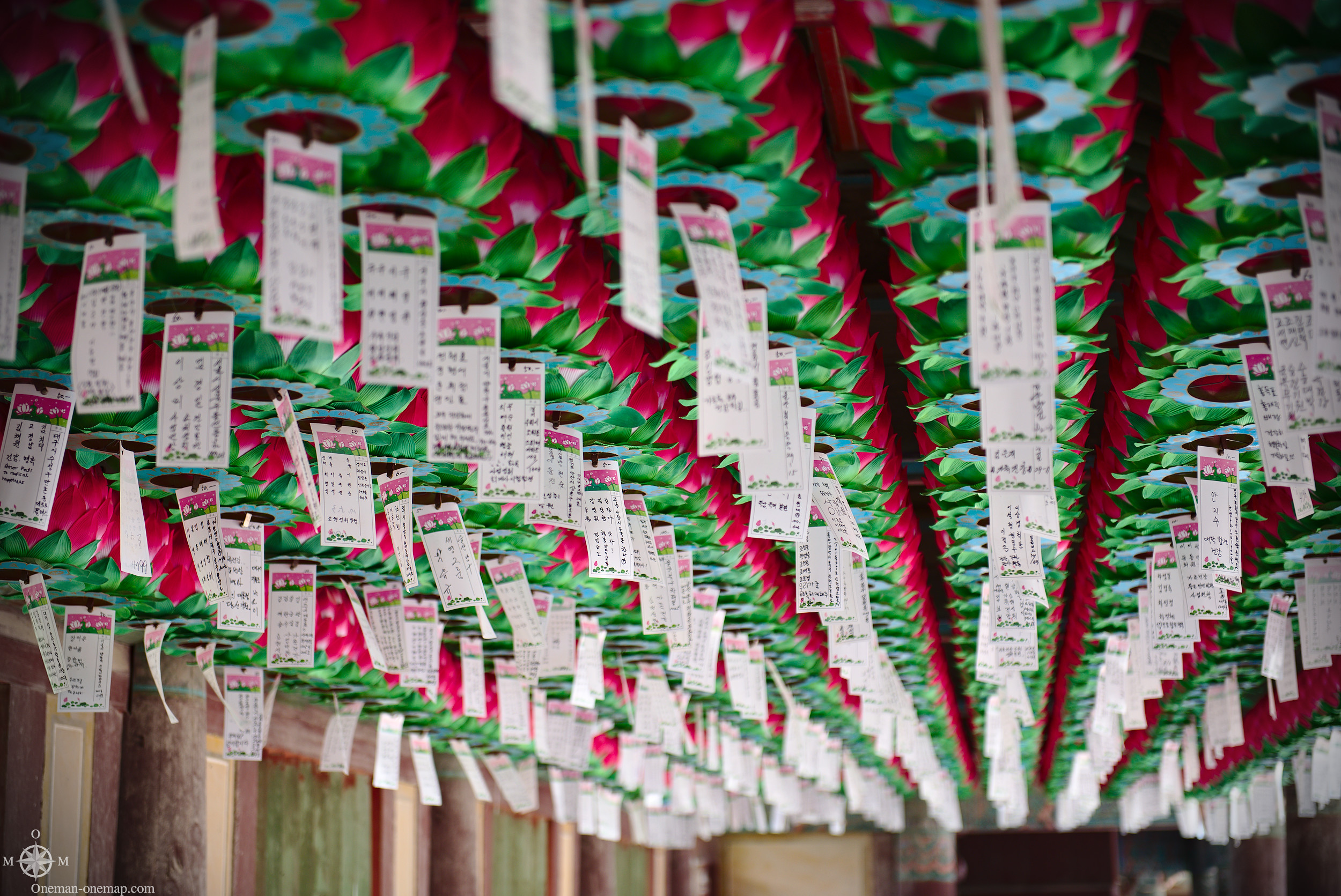
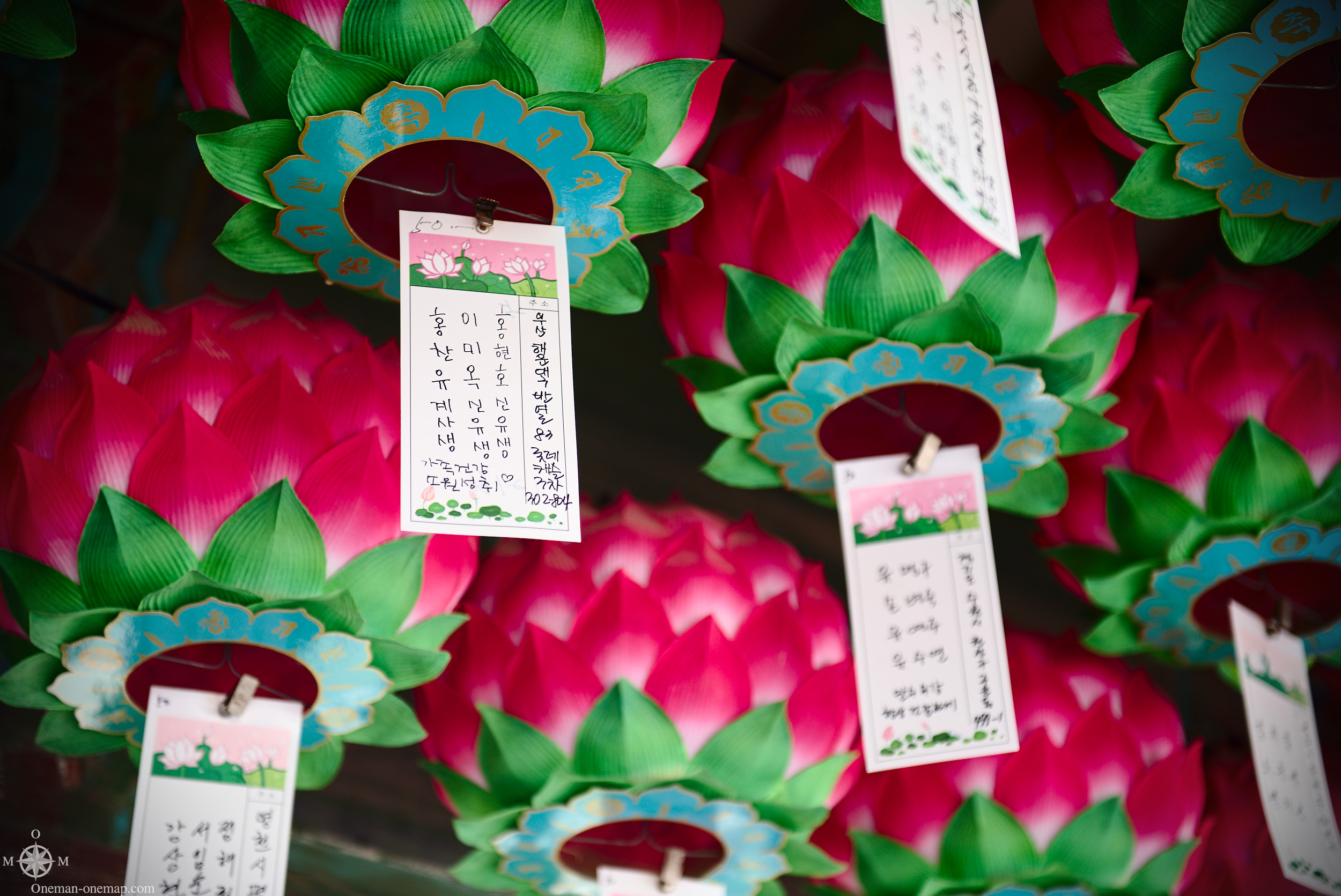
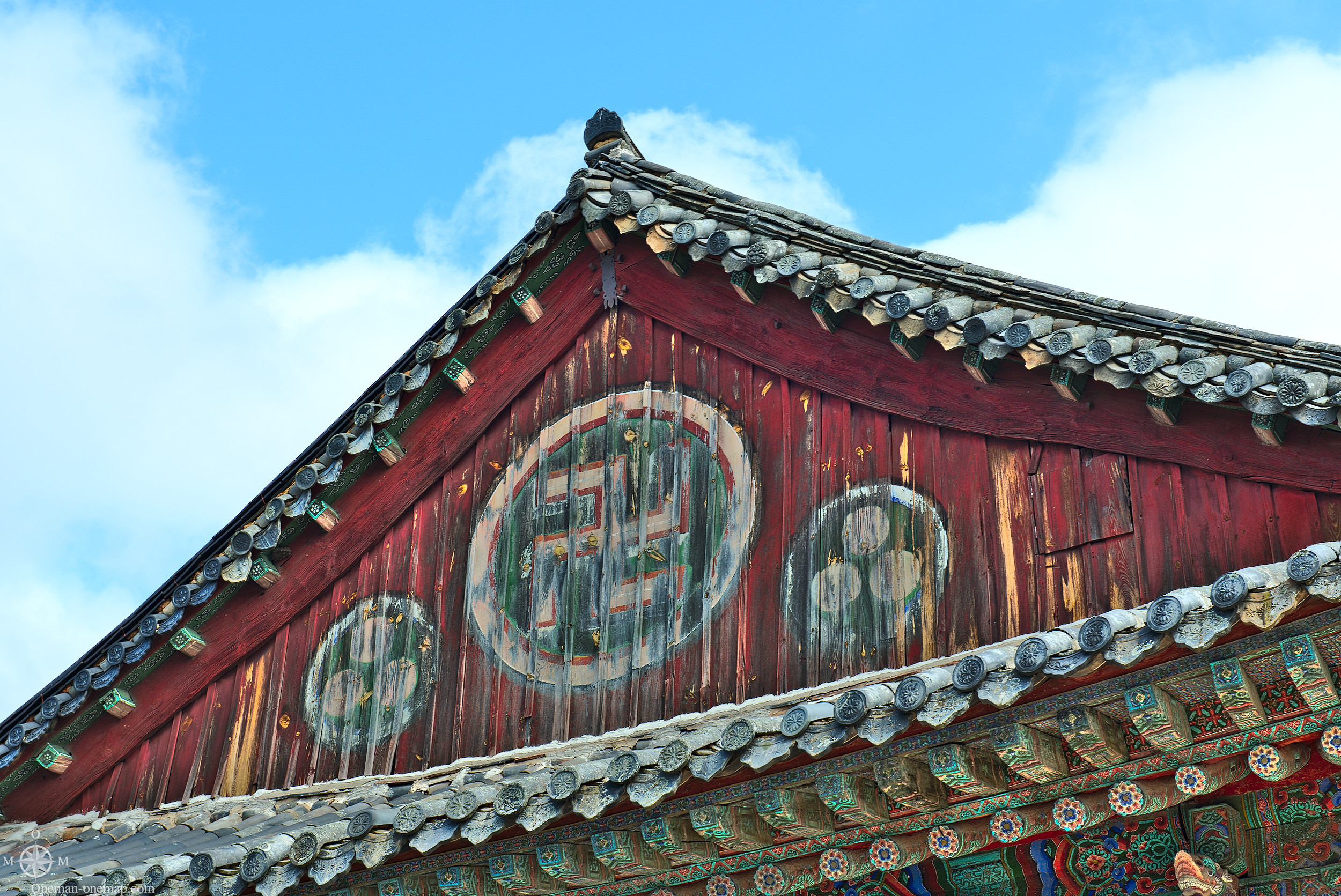
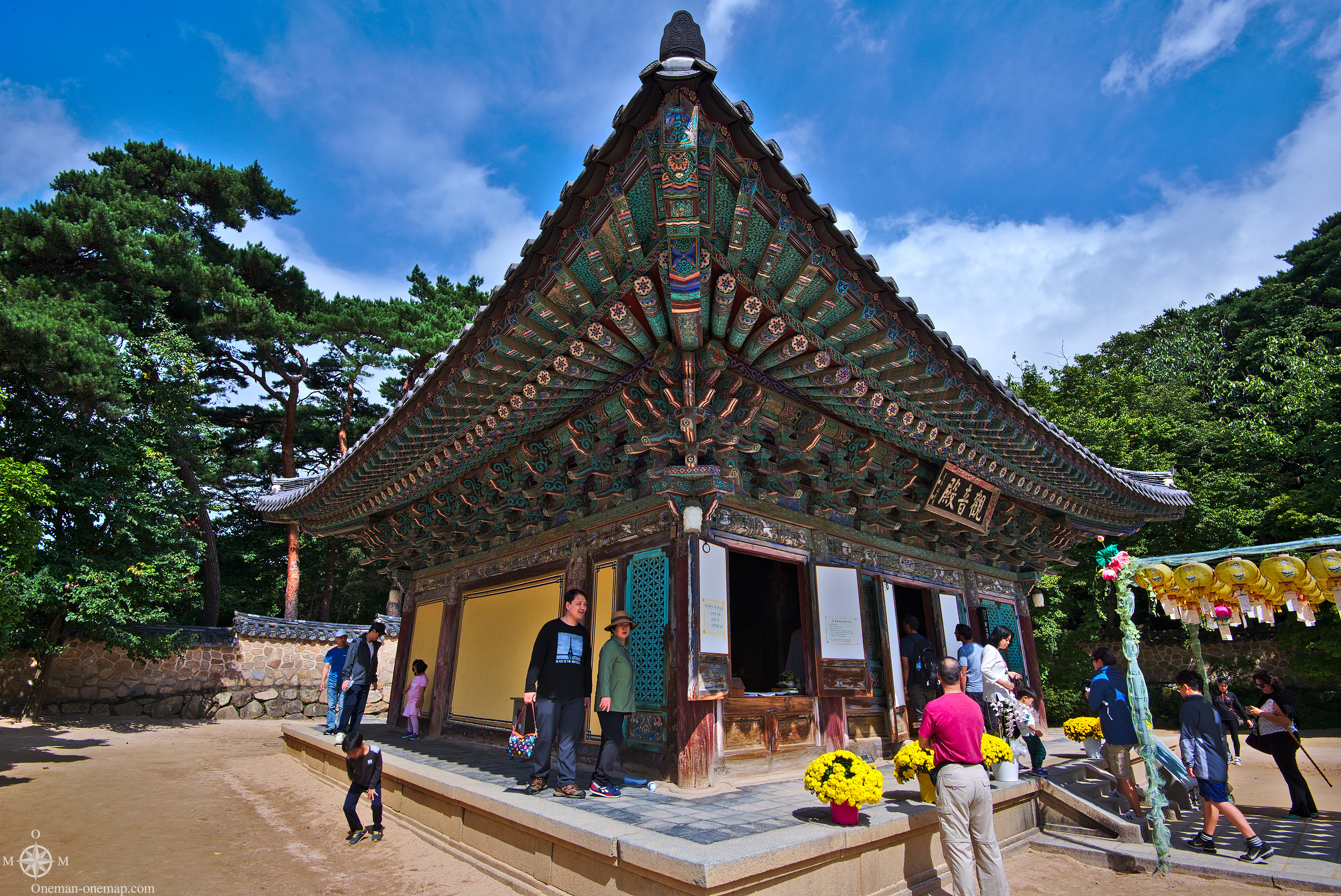
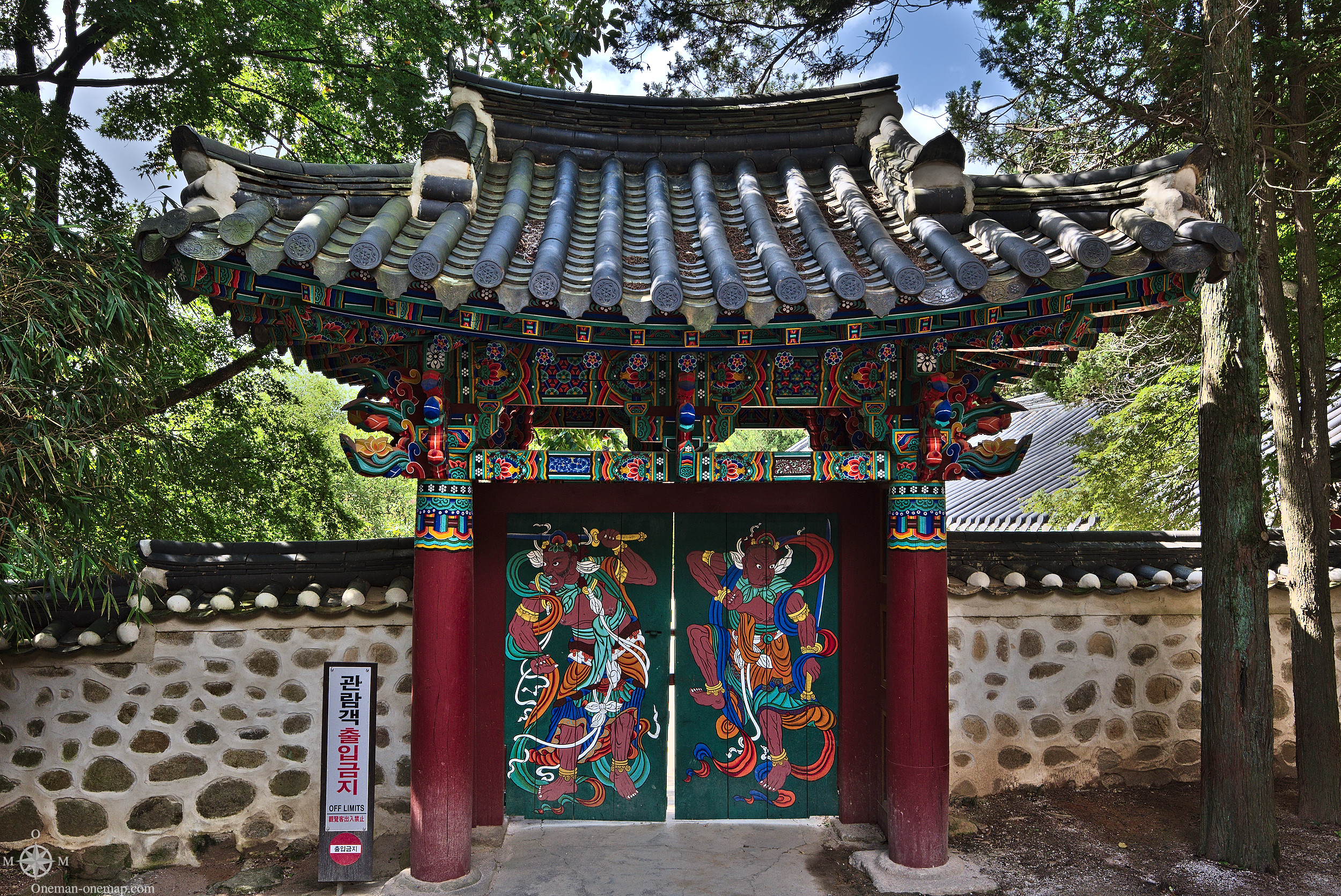

I would like to use a part of one of the pictures. It is a picture of a grassy hill. I obviously would need permission to use this picture as background. Please let me know if that is possible. I like the color of green.
Thanks and peace be with you.
James
Hi James,
if it’s just for personal use, you can happily use it.